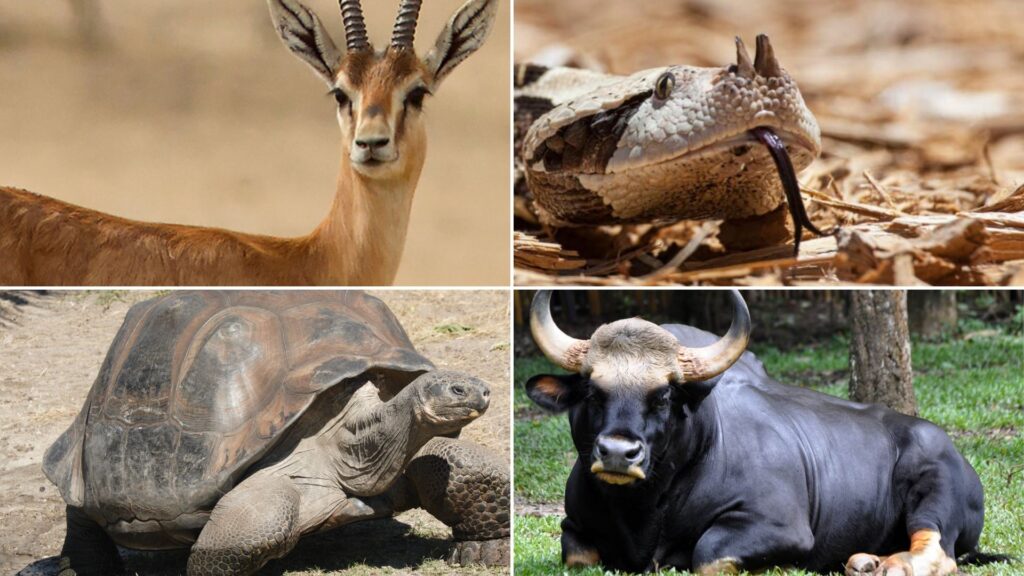Look at the many animals whose names start with G. The letter G introduces us to a world of fascinating creatures, from gentle giants to tiny garden dwellers.
Did you know there are over 50 animals whose names start with this alphabet?
Imagine encountering a graceful gazelle or watching a giant panda munch on bamboo.
These G-named animals inhabit diverse ecosystems across our globe, each with its unique traits and behaviors.
Are you curious to discover more about these beautiful creatures? You’re in for a treat!
This blog will guide you through 50 animals with G names, revealing their distinctive features and fascinating facts.
Ready to venture on this alphabetical adventure? Let’s explore the wonderful world of G-named animals and discover the marvels of nature’s diversity!
Animals Beginning with ‘G’
Get ready to explore a diverse group of creatures as we study the animals that begin with the letter G.
From the great to the small, this section showcases various species from different habitats worldwide.
Each animal has its own unique characteristics and fascinating traits. Let’s discover some of the most interesting G-named animals nature offers!
1. Gaboon Viper
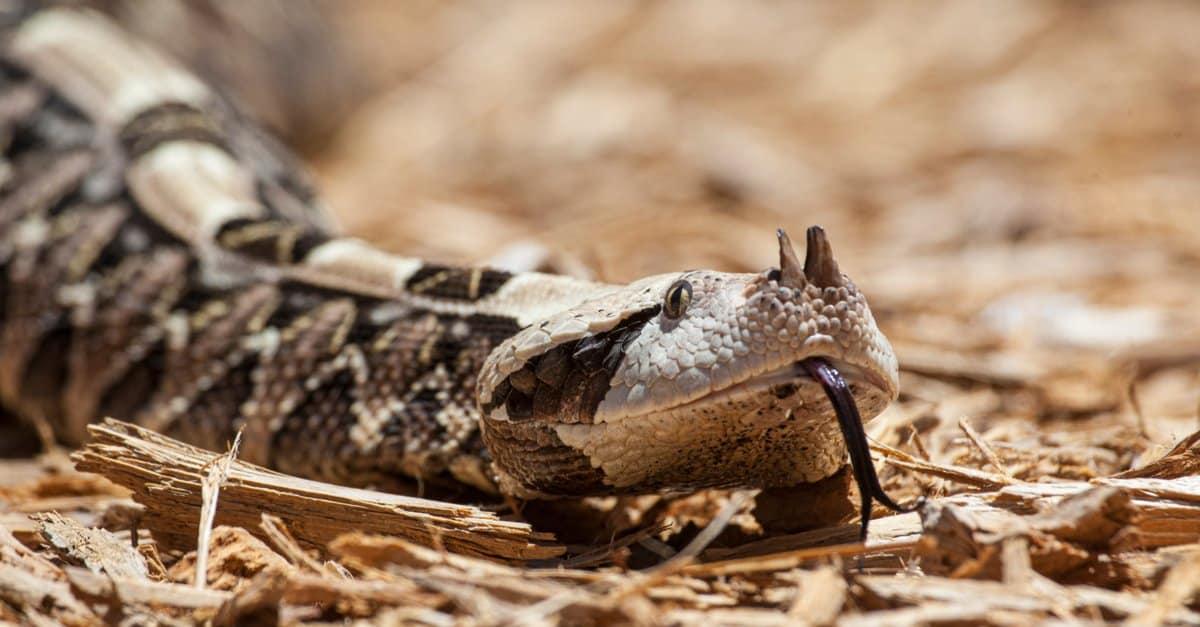
The Gaboon Viper is known for its striking patterns and the longest fangs among snakes.
It is a highly venomous species in sub-Saharan Africa that moves slowly but can strike incredibly quickly.
- Region of Habitat: Sub-Saharan Africa
- Scientific Name: Bitis gabonica
- Place of Origin: Africa
- Feeding Habits: Carnivorous, primarily small mammals and birds
- What Sound They Make: Hissing
Fun Fact: The Gaboon Viper has the longest fangs of any snake, measuring up to 2 inches.
They also have one of the highest venom yields among snakes.
2. Gadwall

The Gadwall is a common dabbling duck found in wetlands. It feeds on aquatic plants and invertebrates and is known for its subtle yet beautiful plumage, which provides excellent camouflage.
- Region of Habitat: North America, Europe, Asia
- Scientific Name: Mareca strepera
- Place of Origin: Northern Hemisphere
- Feeding Habits: Omnivorous, primarily aquatic plants and invertebrates
- What Sound They Make: Quacking and whistling
Fun Fact: Gadwalls make various sounds to attract a mate during courtship displays.
They are also known for their ability to dive briefly for food.
3. Galago

Galagos, also known as bush babies, are small primates for their large eyes and incredible jumping abilities. They are nocturnal and feed primarily on insects and tree gum.
- Region of Habitat: Africa
- Scientific Name: Galagidae
- Place of Origin: Africa
- Feeding Habits: Omnivorous, primarily insects and tree gum
- What Sound They Make: High-pitched calls and clicks
Fun Fact: Galagos can jump up to 7 feet in a single leap. They also have an acute sense of hearing, which helps them locate prey in the dark.
4. Galapagos Penguin
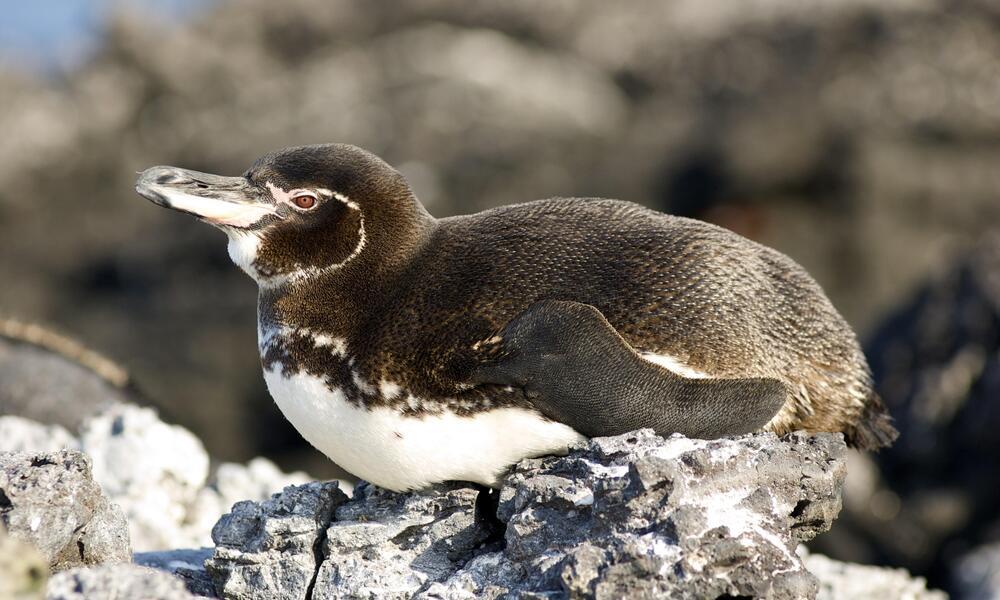
The Galapagos Penguin is the only penguin species found north of the equator.
It is adapted to the warmer climate of the Galapagos Islands and primarily feeds on small fish.
- Region of Habitat: Galapagos Islands
- Scientific Name: Spheniscus mendiculus
- Place of Origin: Galapagos Islands
- Feeding Habits: Carnivorous, primarily small fish
- What Sound They Make: Braying and squawking
Fun Fact: The Galapagos Penguin is the rarest penguin species. They are also the smallest species of warm-water penguins.
5. Galapagos Shark
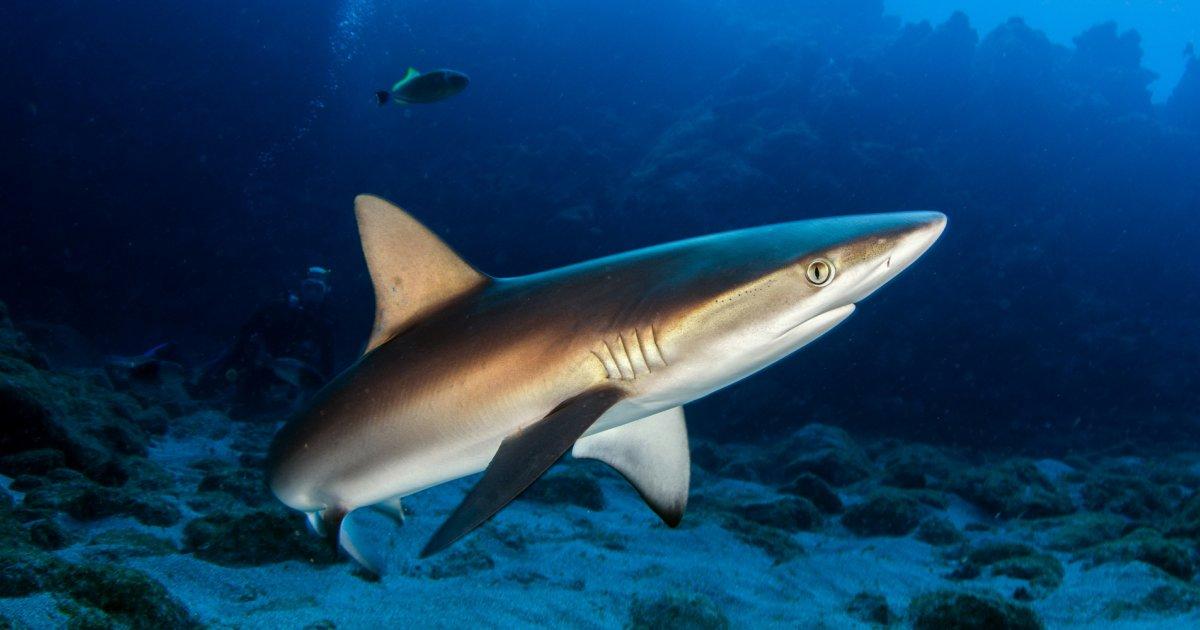
Galapagos Sharks are large, predatory sharks known for their mighty bodies and aggressive behavior. They are often found in tropical waters around the Galapagos Islands.
- Region of Habitat: Galapagos Islands, tropical waters
- Scientific Name: Carcharhinus galapagensis
- Place of Origin: Galapagos Islands
- Feeding Habits: Carnivorous, primarily fish and cephalopods
- What Sound They Make: Silent
Fun Fact: Galapagos Sharks are known to be cannibalistic, sometimes eating their young.
They are also very interested and often approach divers.
6. Galapagos Tortoise
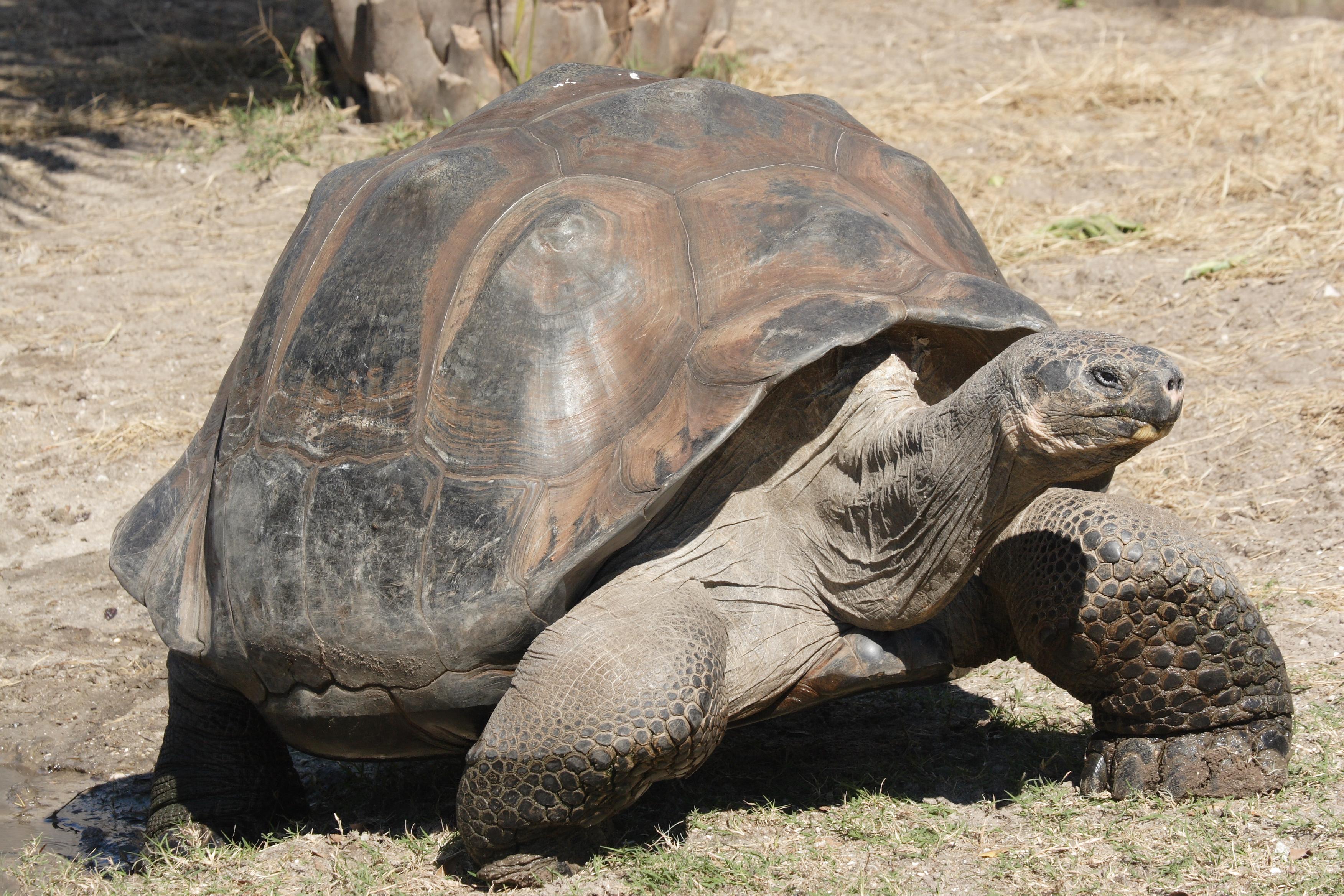
The Galapagos Tortoise is the largest species known for its long lifespan and massive size.
These tortoises can live over 100 years and are native to the Galapagos Islands.
- Region of Habitat: Galapagos Islands
- Scientific Name: Chelonoidis nigra
- Place of Origin: Galapagos Islands
- Feeding Habits: Herbivorous, primarily grasses, leaves, and fruits
- What Sound They Make: Grunts and hisses
Fun Fact: Galapagos Tortoises can live over 100 years, with some reaching up to 177 years in captivity. They are also known for their slow movements and large, domed shells.
7. Gannet

Gannets are large seabirds known for their striking white plumage and black-tipped wings.
They are excellent divers and feed primarily on fish.
- Region of Habitat: Atlantic coasts, Europe, and North America
- Scientific Name: Morus
- Place of Origin: Atlantic Ocean
- Feeding Habits: Carnivorous, primarily fish
- What Sound They Make: Harsh calls and squawks
Fun Fact: Gannets can dive from heights of up to 100 feet into the water to catch fish.
They have special air sacs in their faces and chests to cushion the impact.
8. Gar

Gar are long, slender fish with elongated snouts filled with sharp teeth.
They are found in freshwater environments and are known for their prehistoric appearance.
- Region of Habitat: North America
- Scientific Name: Lepisosteidae
- Place of Origin: North America
- Feeding Habits: Carnivorous, primarily fish
- What Sound They Make: Silent
Fun Fact: Gar can grow to more than 3 meters long. Their swim bladder allows them to gulp air and survive in low-oxygen waters.
9. Garden Eel
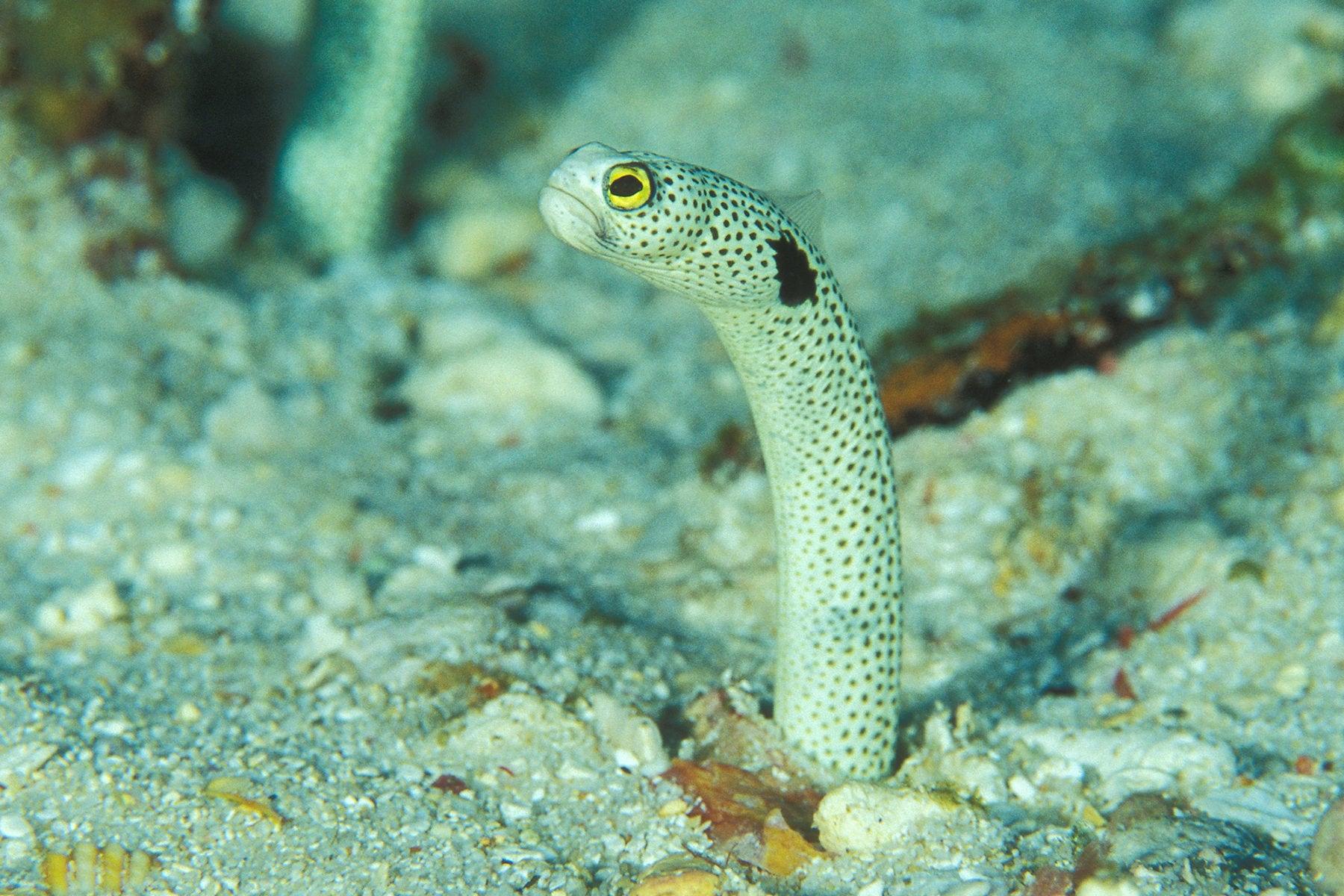
Garden Eels are small, tube-shaped eels that live in colonies on sandy sea bottoms.
They are known for burrowing into the sand and protruding their heads to feed on plankton.
- Region of Habitat: Tropical oceans
- Scientific Name: Heteroconger
- Place of Origin: Tropical oceans
- Feeding Habits: Planktonic, primarily plankton
- What Sound They Make: Silent
Fun Fact: Garden eel colonies comprise hundreds to thousands of individuals.
They sway with the current, giving the appearance of a garden in the water.
10. Gaur
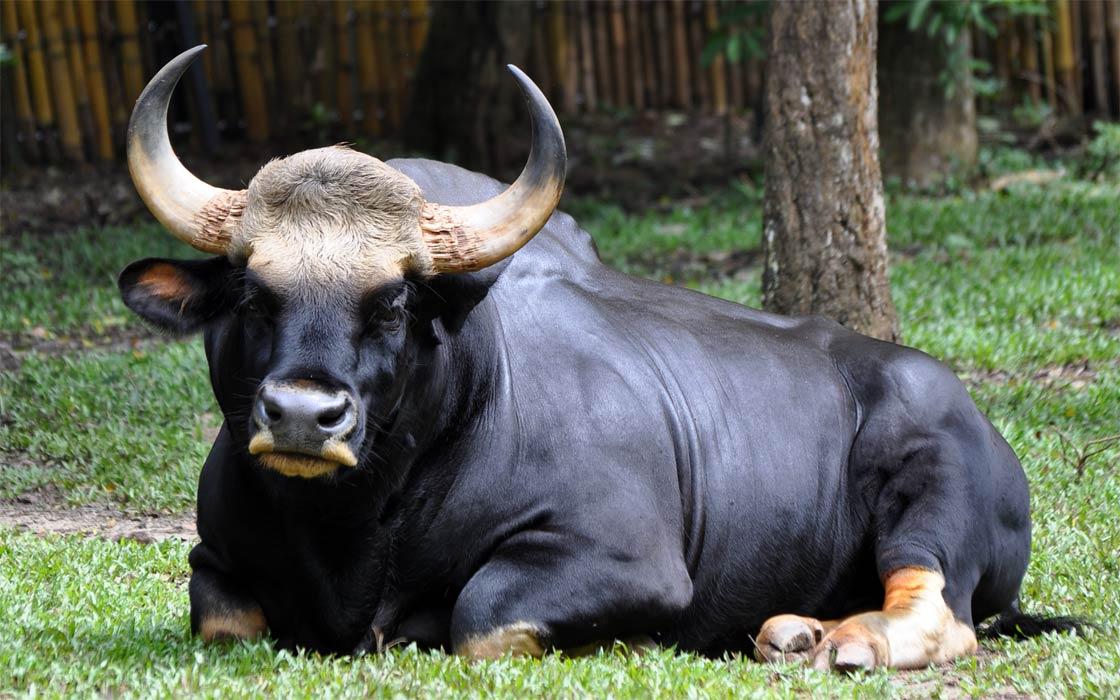
The gaur, also known as the Indian bison, is the largest existent bovine species.
Gaurs are known for their massive build, with males significantly larger and stronger than females.
They have a distinctive dorsal ridge and a large, muscular hump on their shoulders.
- Region of Habitat: South and Southeast Asia
- Scientific Name: Bos gaurus
- Place of Origin: Asia
- Feeding Habits: Herbivorous, primarily grasses and leaves
- What Sound They Make: Low grunts and bellows
Fun Fact: Gaurs have impressive strength and can knock down small trees to reach vegetation.
They are also known for their high shoulder hump, which contains powerful muscles.
11. Gargoyle Gecko
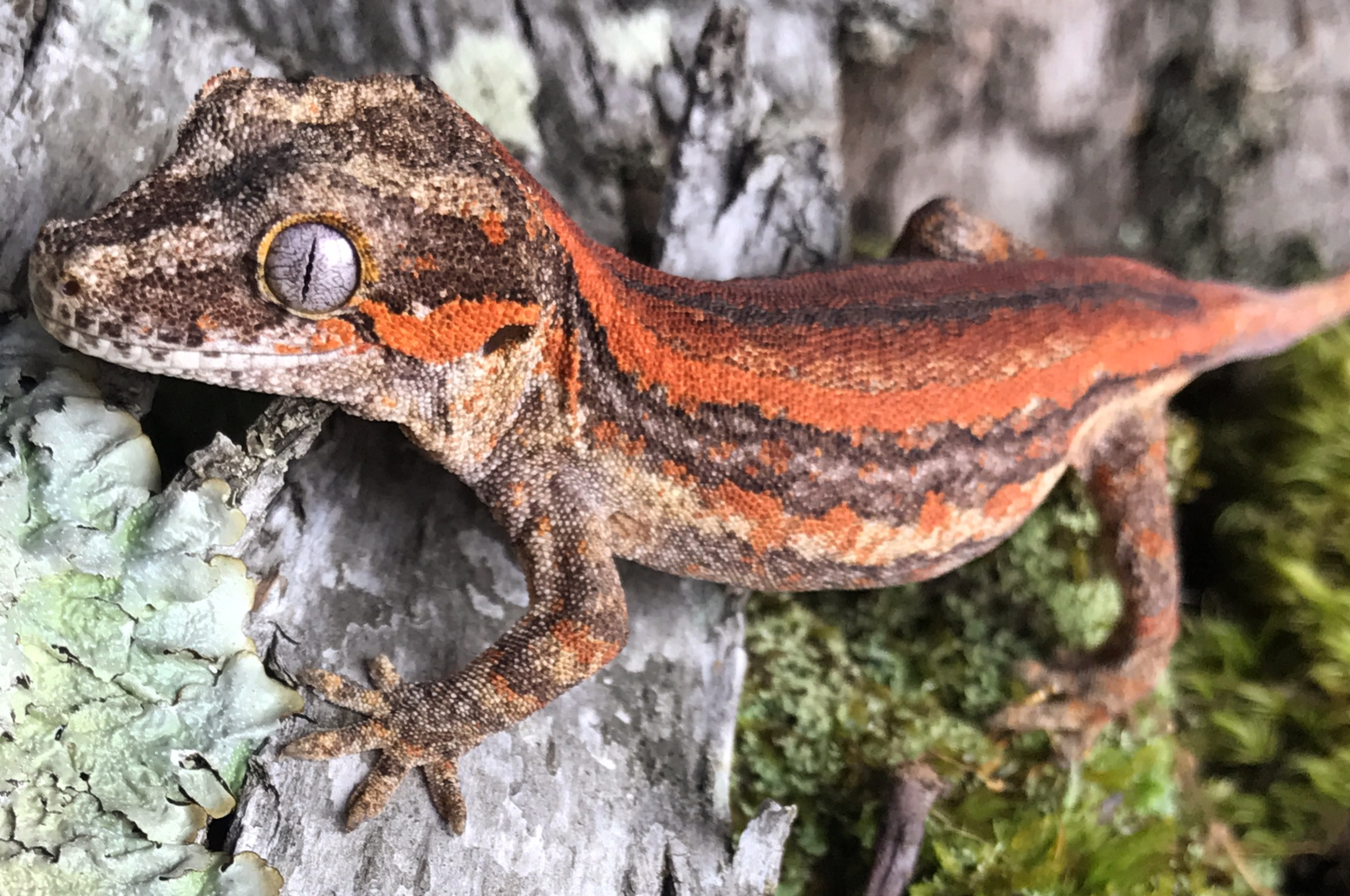
The Gargoyle Gecko is a small, nocturnal lizard known for its distinctive, bumpy skin and various colors. They are popular pets and are native to New Caledonia.
- Region of Habitat: New Caledonia
- Scientific Name: Rhacodactylus auriculatus
- Place of Origin: New Caledonia
- Feeding Habits: Omnivorous, primarily insects and fruit
- What Sound They Make: Clicks and chirps
Fun Fact: Gargoyle Geckos are about an inch long and weigh as little as 3 grams when they hatch. They are also known for their ability to regenerate their tails.
12. Garter Snake
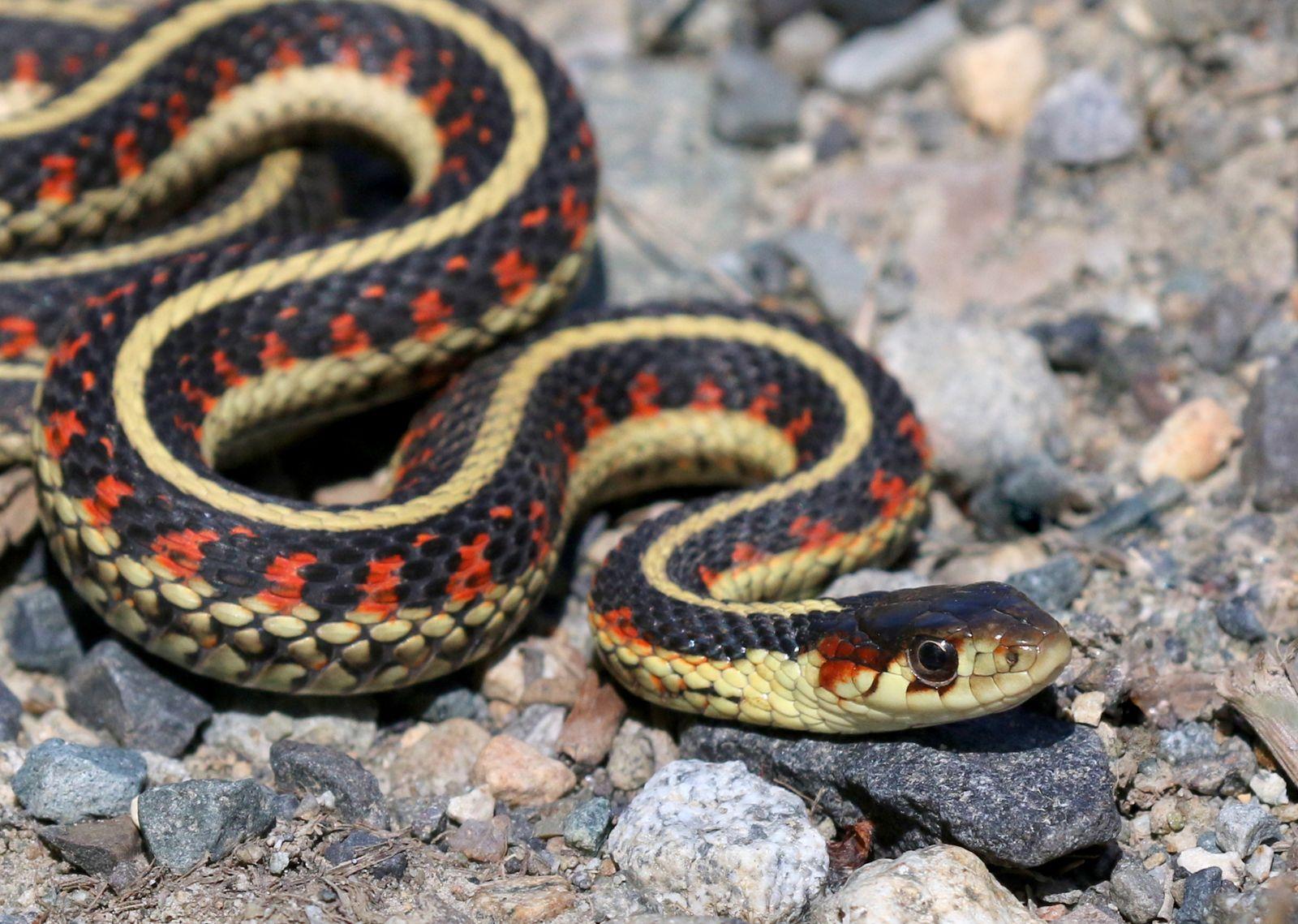
Garter Snakes are non-venomous snakes found in various habitats across North America.
They are known for their distinctive, striped patterns and role in controlling pest populations.
- Region of Habitat: North America
- Scientific Name: Thamnophis sirtalis
- Place of Origin: North America
- Feeding Habits: Carnivorous, primarily small amphibians, fish, and rodents
- What Sound They Make: Silent
Fun Fact: Female garter snakes give birth to live young rather than laying eggs.
They are also known for their mild temperament and adaptability to different environments.
13. Gastornis
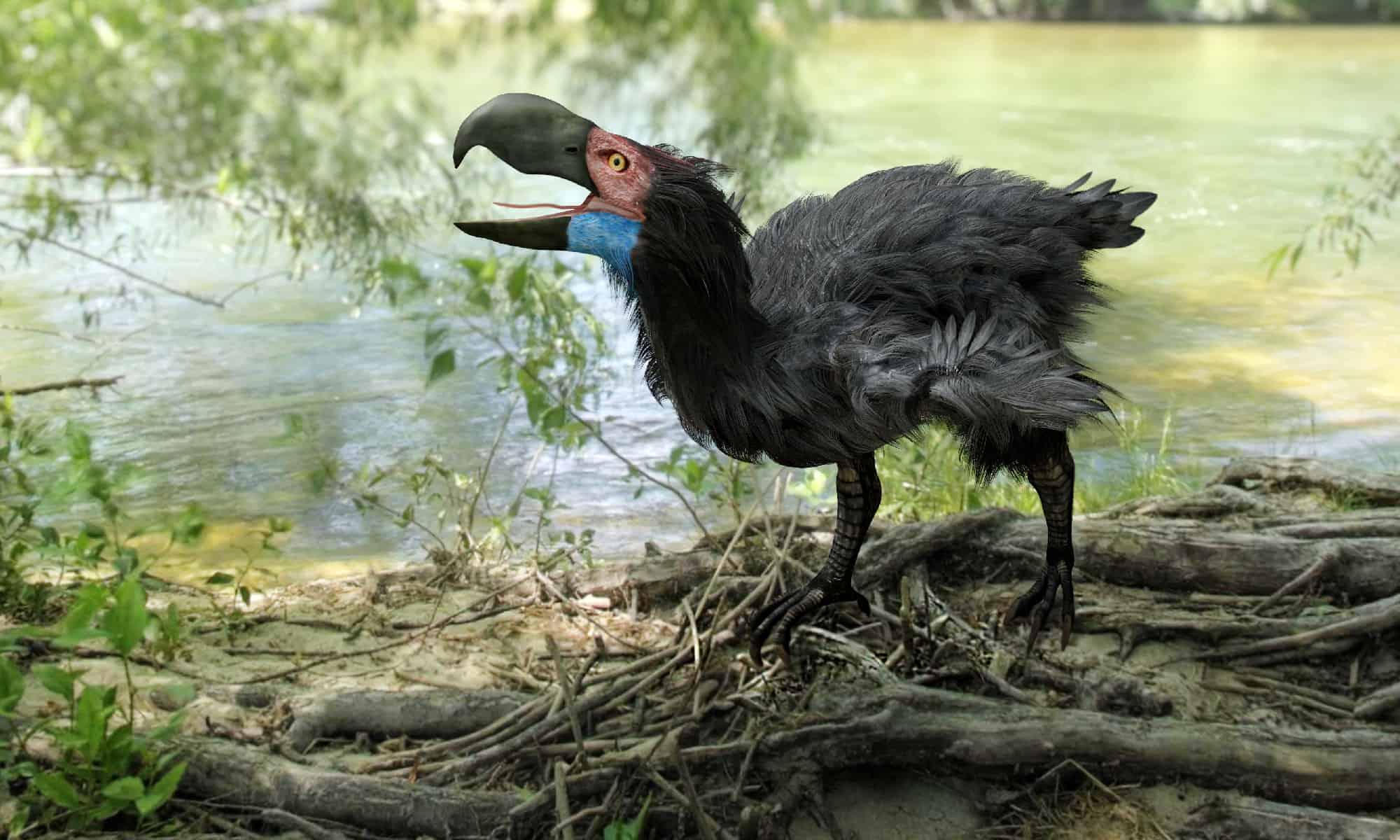
Gastornis was a genus of large, flightless birds that lived during the Paleogene period. These birds had massive beaks and are believed to have been herbivores.
- Region of Habitat: Prehistoric Europe and North America
- Scientific Name: Gastornis parisiensis
- Place of Origin: Prehistoric Europe and North America
- Feeding Habits: Herbivorous, primarily plants
- What Sound They Make: Silent (extinct)
Fun Fact: Gastornis had a massive beak, but they probably ate plants instead of flesh.
They were once considered predators, but recent studies suggest a herbivorous diet.
14. Gazelle
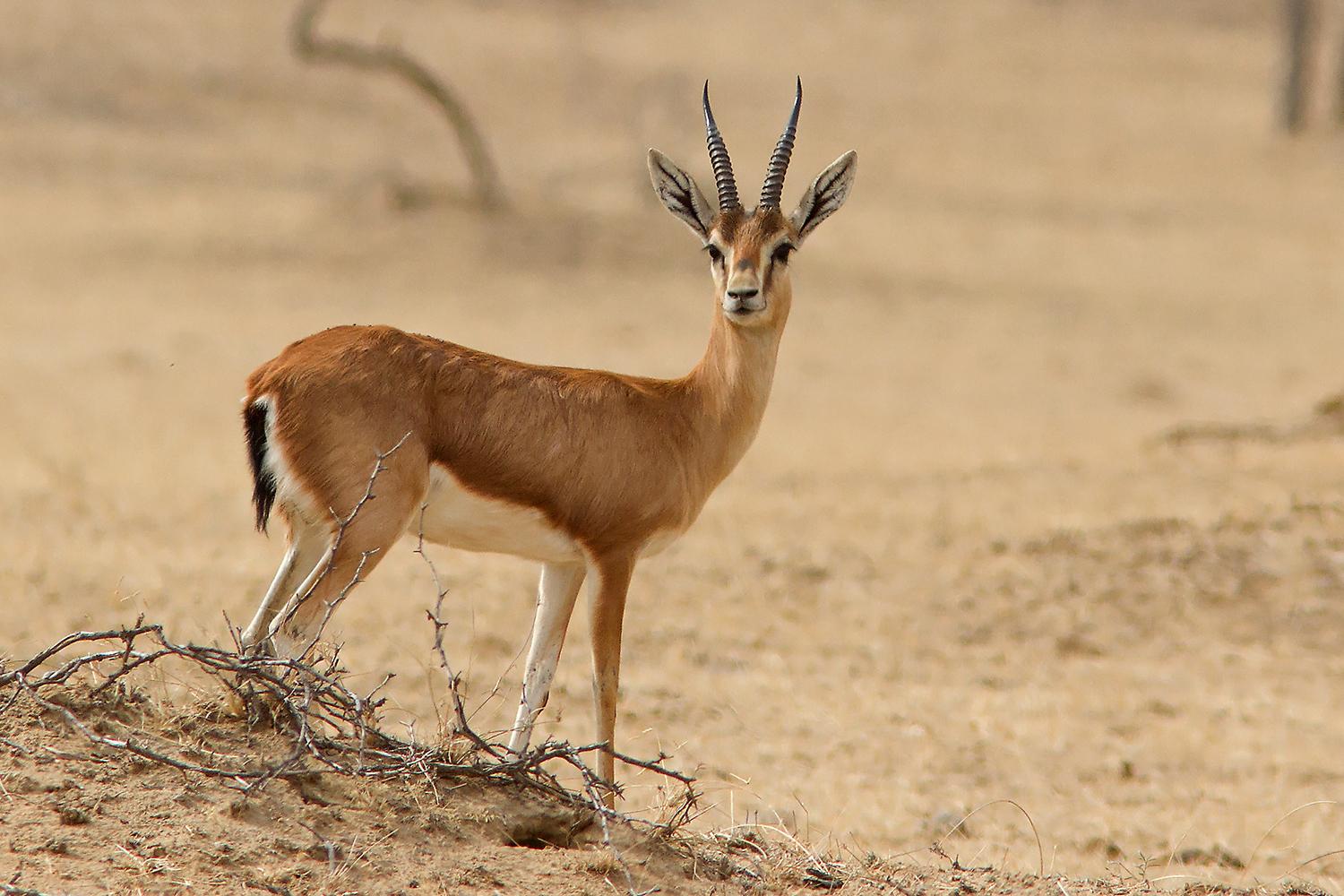
Gazelles are small to medium-sized antelopes known for their graceful and swift movements.
They are found in Africa and Asia, primarily in savannas and grasslands.
- Region of Habitat: Africa, Asia
- Scientific Name: Gazella
- Place of Origin: Africa and Asia
- Feeding Habits: Herbivorous, primarily grasses and leaves
- What Sound They Make: Soft bleats and grunts
Fun Fact: “gazelle” comes from the Arabic word for a love poem. They are also known for their incredible speed, reaching 60 mph in short bursts.
15. Gecko
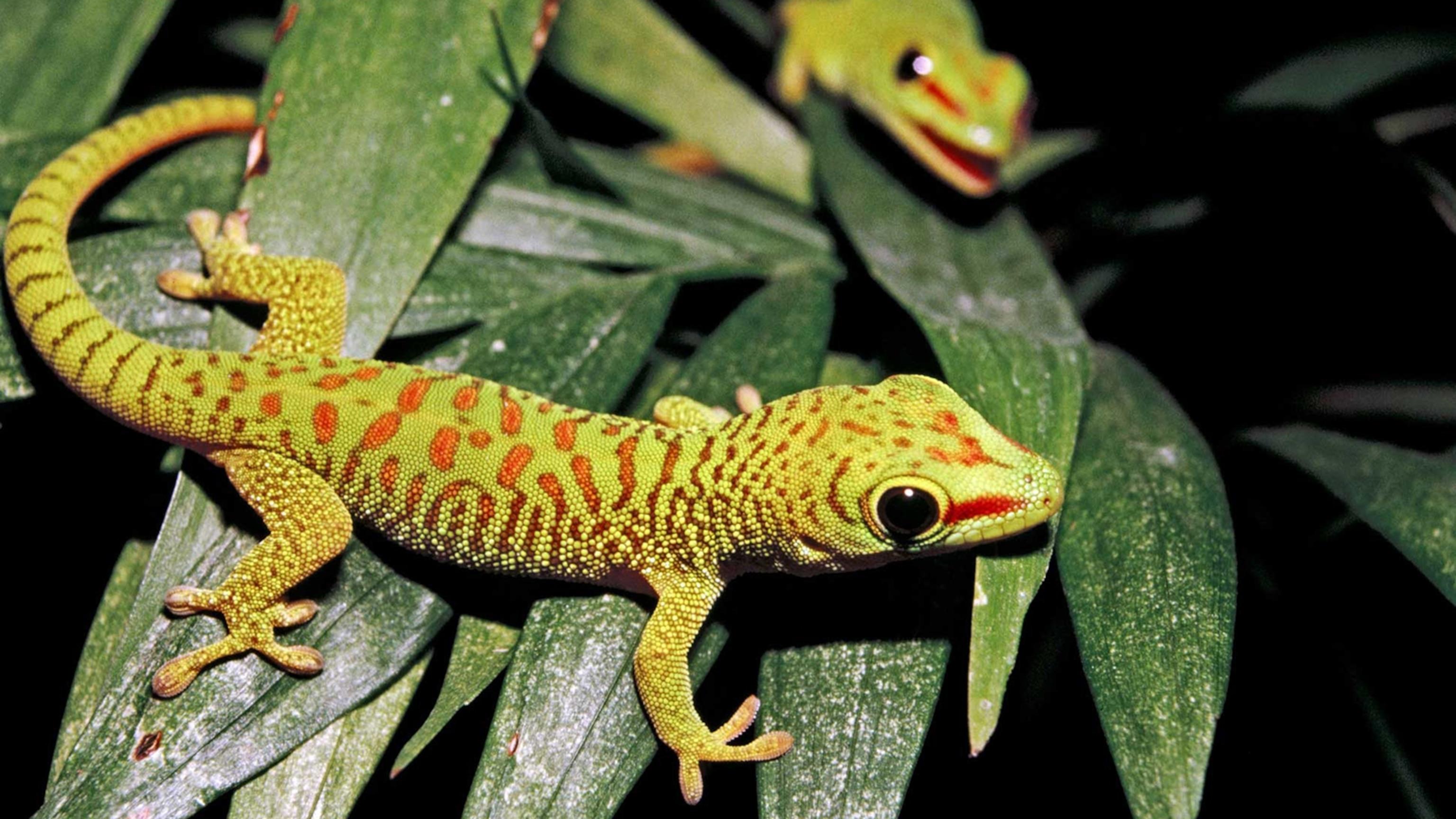
Geckos are small to medium-sized lizards found in warm climates worldwide. They are known for their ability to climb vertical surfaces and vocalizations.
- Region of Habitat: Worldwide
- Scientific Name: Gekkonidae
- Place of Origin: Worldwide
- Feeding Habits: Omnivorous, primarily insects and fruit
- What Sound They Make: Clicks and chirps
Fun Fact: There are thought to be over 2,000 species of geckos. They are also known for their ability to regenerate lost tails.
16. Genet
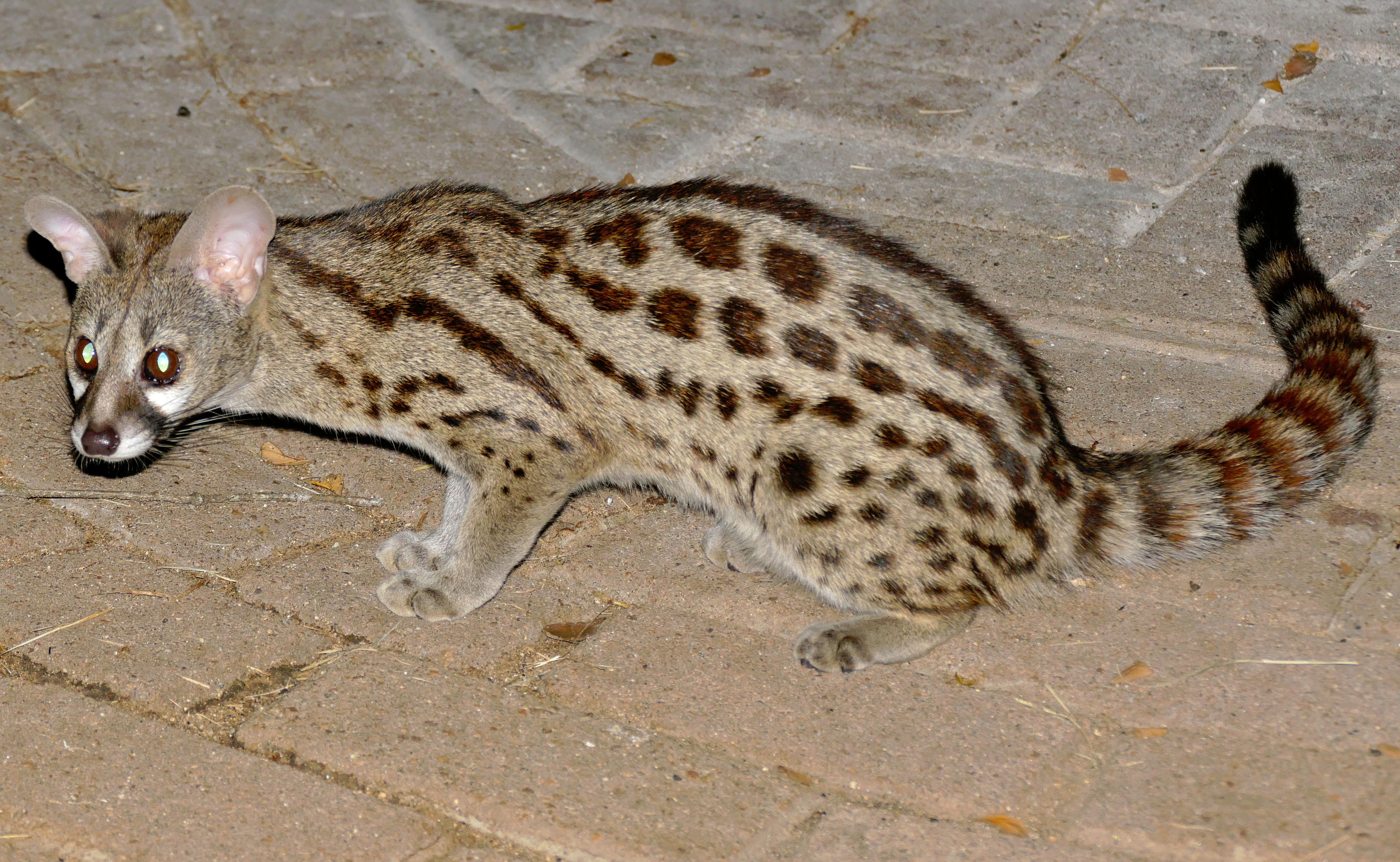
Genets are small, nocturnal mammals with cat-like features. They are agile climbers and hunters, primarily feeding small animals and insects.
- Region of Habitat: Africa, Europe
- Scientific Name: Genetta
- Place of Origin: Africa and Europe
- Feeding Habits: Carnivorous, primarily small mammals and insects
- What Sound They Make: Growls, purrs, and hisses
Fun Fact: Genets have retractable claws like a cat. They are also known for their agility and ability to climb trees easily.
17. Gentoo Penguin
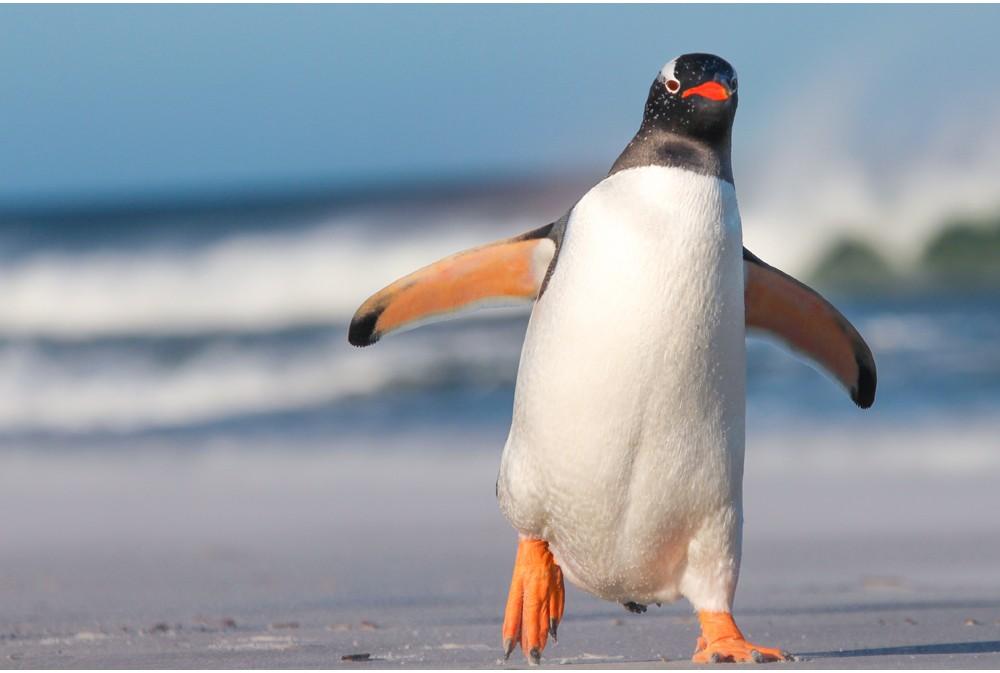
Gentoo Penguins are known for their distinctive white stripe across the top of their heads and their fast swimming speeds. They inhabit the sub-Antarctic region and are excellent divers.
- Region of Habitat: Sub-Antarctic islands
- Scientific Name: Pygoscelis papua
- Place of Origin: Sub-Antarctic islands
- Feeding Habits: Carnivorous, primarily fish and krill
- What Sound They Make: Braying and squawking
Fun Fact: The Gentoo Penguin is known to be the fastest swimming penguin in the world. They can reach speeds of up to 22 mph underwater.
18. Geoffroy’s Cat
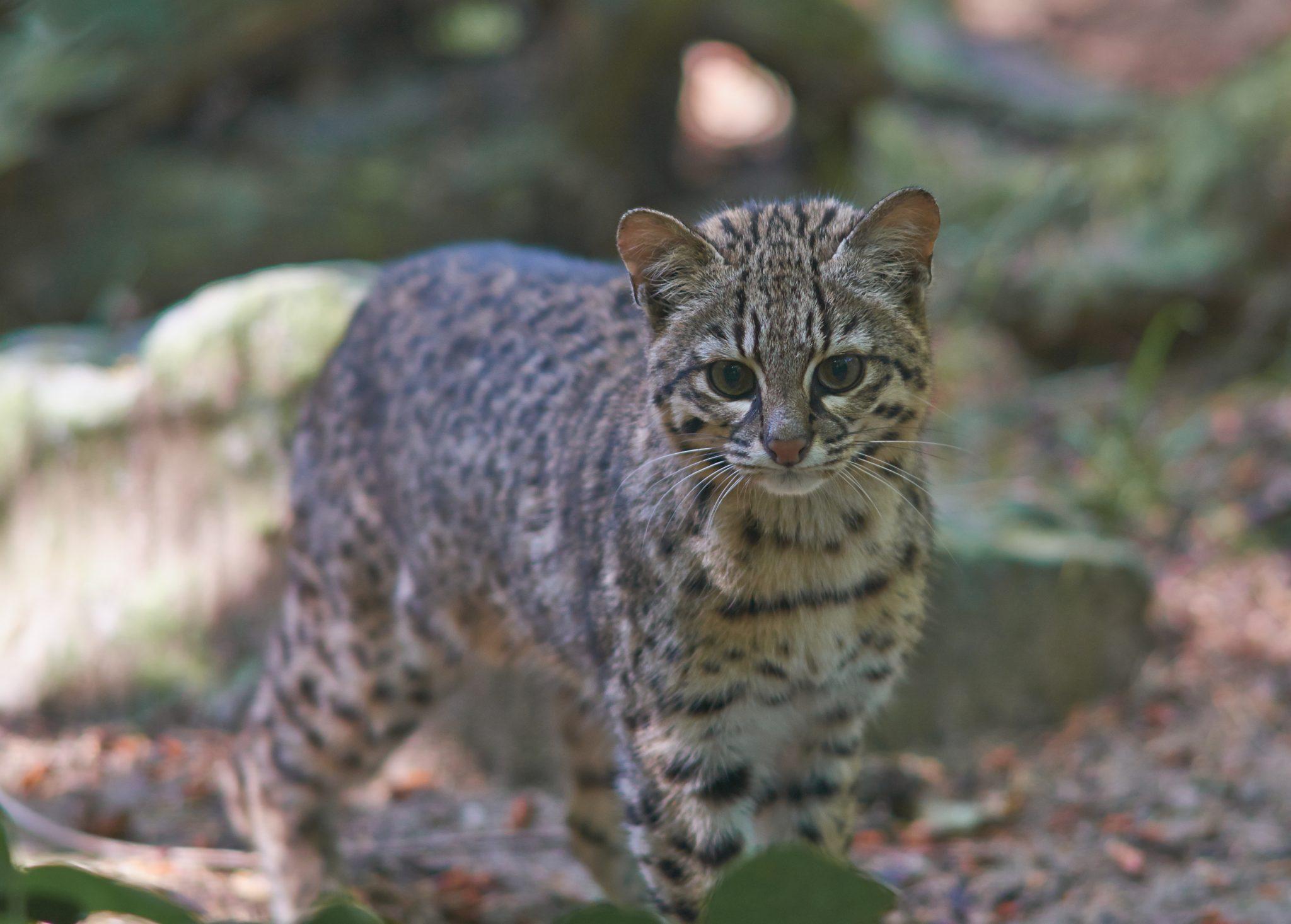
Geoffroy’s Cats are small wild cats native to South America. They are known for their spotted coats and solitary, nocturnal habits.
- Region of Habitat: South America
- Scientific Name: Leopardus geoffroyi
- Place of Origin: South America
- Feeding Habits: Carnivorous, primarily small mammals and birds
- What Sound They Make: Meows, growls, and hisses
Fun Fact: Geoffroy’s Cats can rotate their ankles, allowing them to climb down trees headfirst. They are also excellent swimmers.
19. Geoffroy’s Tamarin
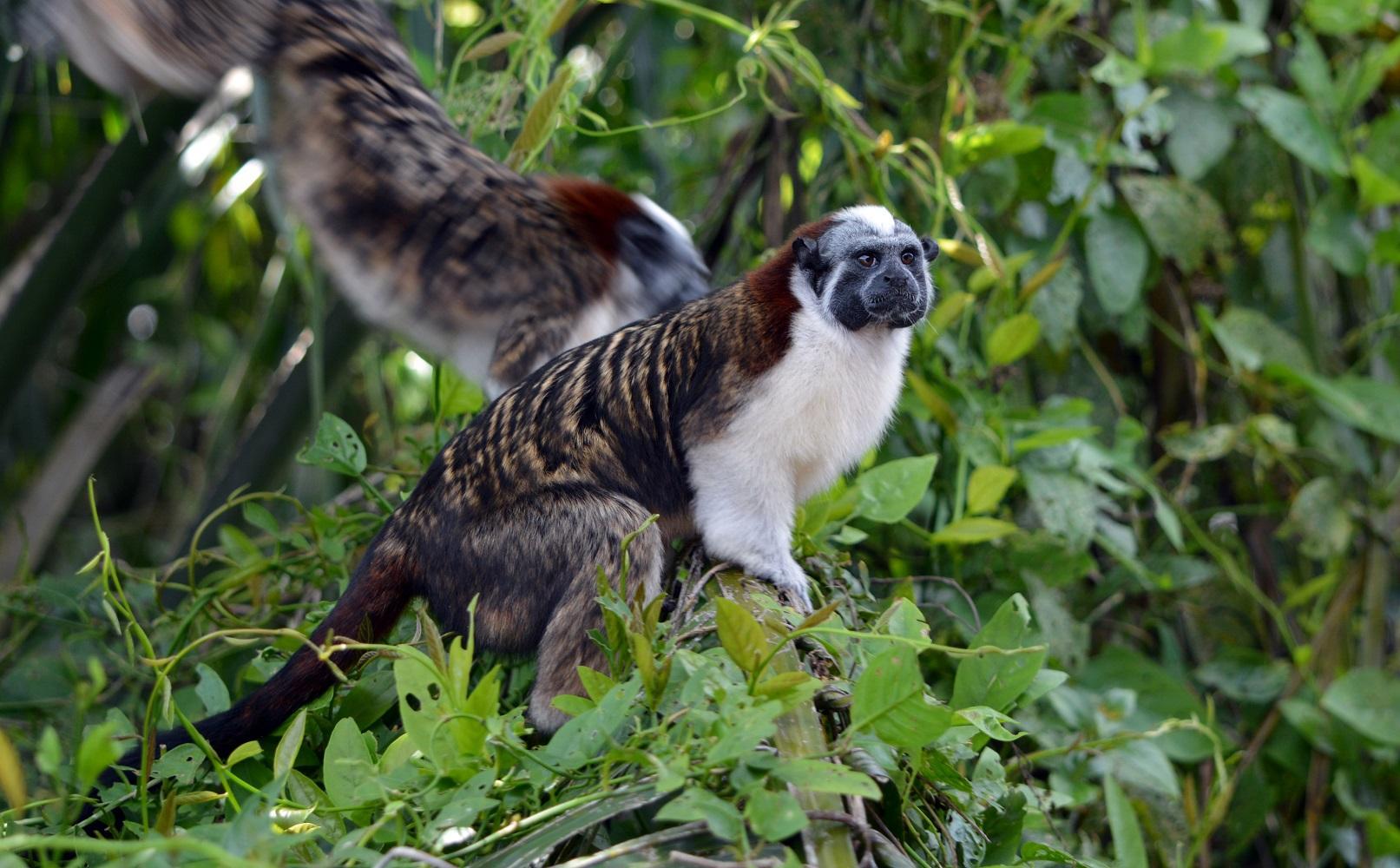
Geoffroy’s Tamarin is a small primate known for its distinctive facial markings and social behavior.
They live in groups and communicate through vocalizations and body language.
- Region of Habitat: Central and South America
- Scientific Name: Saguinus geoffroyi
- Place of Origin: Central and South America
- Feeding Habits: Omnivorous, primarily fruits and insects
- What Sound They Make: High-pitched calls and whistles
Fun Fact: Geoffroy’s Tamarins have a distinctive V-shape on their heads. They are also known for their agility and ability to leap between trees.
20. Gerberian Shepsky

The Gerberian Shepsky is a crossbreed between a German Shepherd and a Siberian Husky.
Known for their intelligence and loyalty, they are often used as working dogs.
- Region of Habitat: Domestic, worldwide
- Scientific Name: Canis lupus familiaris
- Place of Origin: Worldwide (crossbreed)
- Feeding Habits: Omnivorous, primarily dog food and meats
- What Sound They Make: Barks and howls
Fun Fact: Gerberian Shepskies are popular choices for police dogs. They are also known for their striking blue or heterochromatic eyes.
21. Gerbil
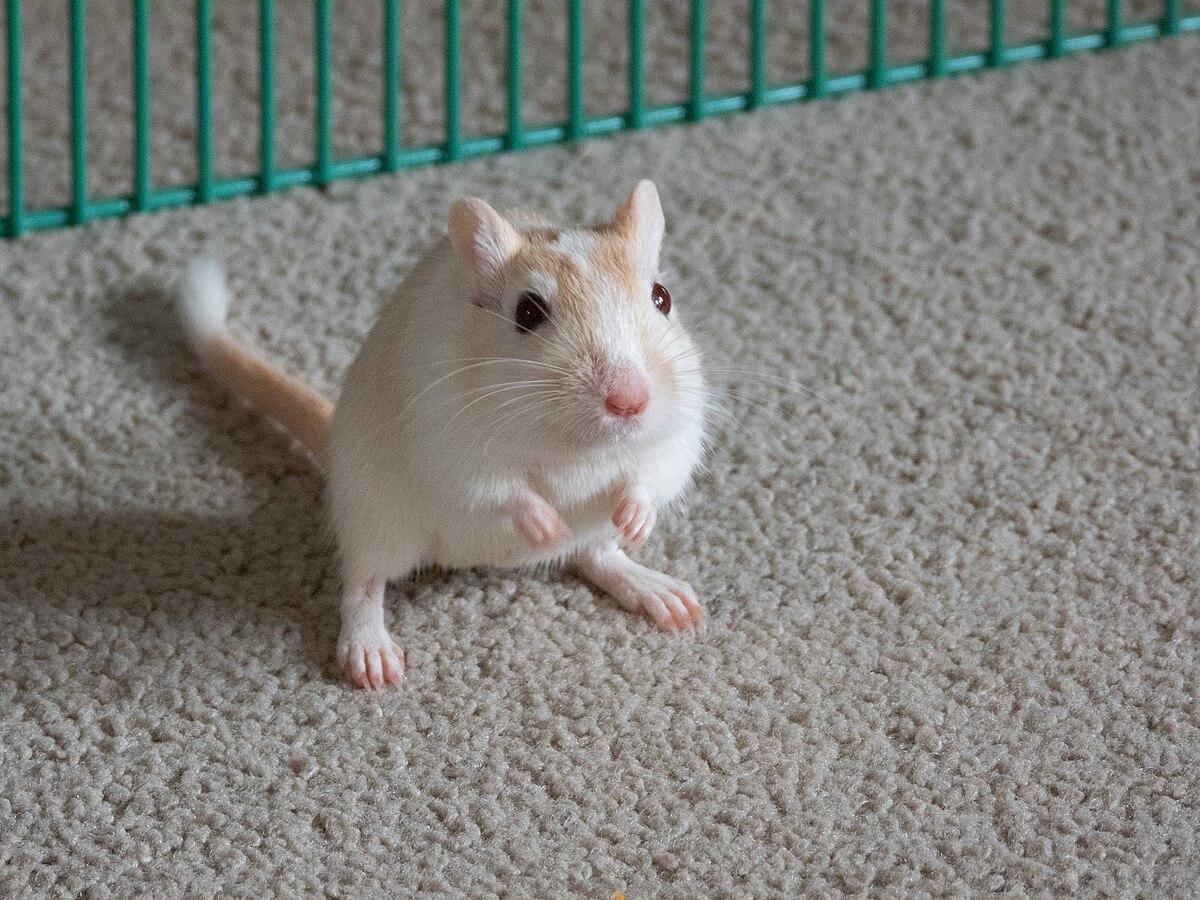
Gerbils are small rodents native to desert regions known for their burrowing behavior and social nature. They are popular pets.
- Region of Habitat: Africa, Asia
- Scientific Name: Gerbillinae
- Place of Origin: Africa and Asia
- Feeding Habits: Omnivorous, primarily seeds and plants
- What Sound They Make: Squeaks and chirps
Fun Fact: Gerbils were originally known as desert rats. They are also known for their ability to survive in dry environments with little water.
22. German Cockroach
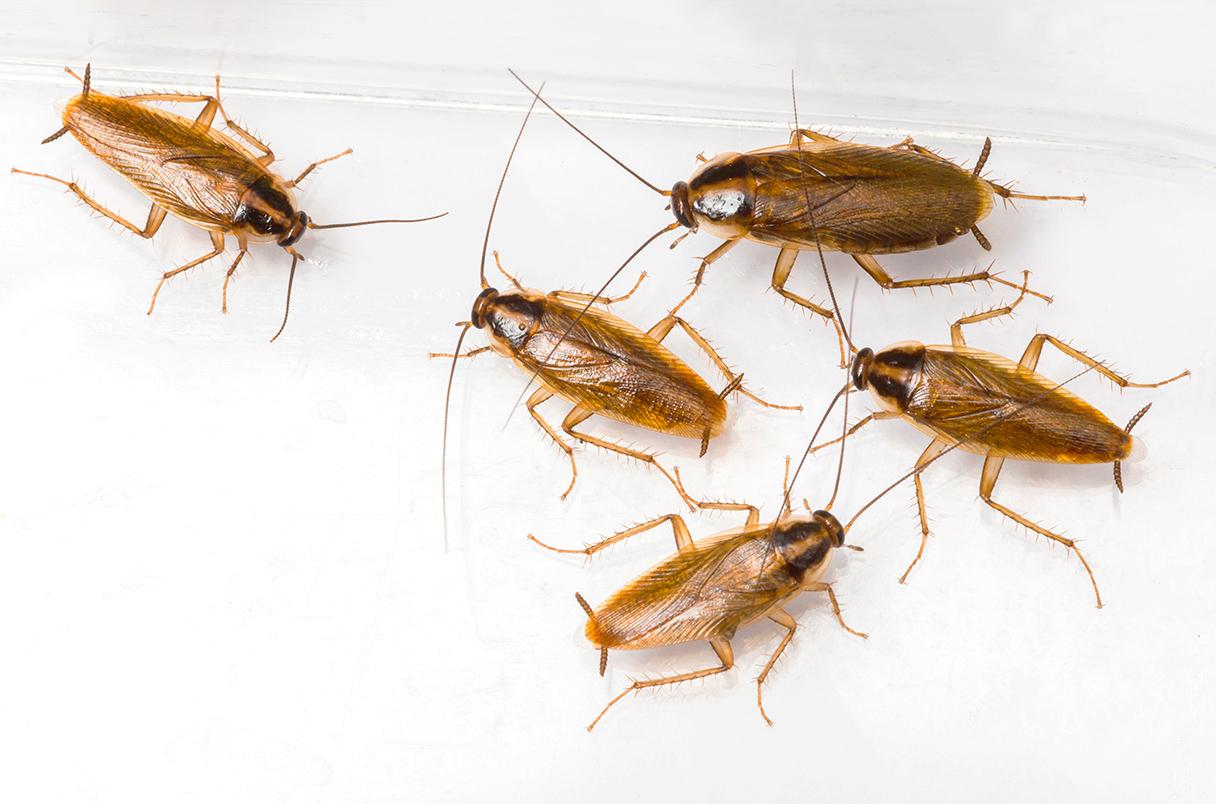
The German Cockroach is a small species commonly found in urban environments. It is known for its rapid reproduction and adaptability.
- Region of Habitat: Worldwide
- Scientific Name: Blattella germanica
- Place of Origin: Worldwide
- Feeding Habits: Omnivorous, primarily organic matter
- What Sound They Make: Silent
Fun Fact: German cockroaches are the most common type of urban roach and are known for their pesticide resistance.
23. German Longhaired Pointer

German Longhaired Pointers are versatile hunting dogs known for their tracking, pointing, and retrieving skills. They are also excellent swimmers and highly trainable.
- Region of Habitat: Domestic, worldwide
- Scientific Name: Canis lupus familiaris
- Place of Origin: Germany
- Feeding Habits: Omnivorous, primarily dog food and meats
- What Sound They Make: Barks and howls
Fun Fact: The Air Force and TSA use German Longhaired Pointers to sniff out explosives. They are also known for their endurance and agility in the field.
24. German Pinscher

German Pinschers are medium-sized dogs known for their intelligence, agility, and protective nature. They are excellent watchdogs and family companions.
- Region of Habitat: Domestic, worldwide
- Scientific Name: Canis lupus familiaris
- Place of Origin: Germany
- Feeding Habits: Omnivorous, primarily dog food and meats
- What Sound They Make: Barks and growls
Fun Fact: German Pinschers are highly intelligent and fast learners. They are also known for their alertness and strong guarding instincts.
25. German Shepherd

German Shepherds are large, working dogs known for their intelligence, loyalty, and versatility. They are often used in police and military roles.
- Region of Habitat: Domestic, worldwide
- Scientific Name: Canis lupus familiaris
- Place of Origin: Germany
- Feeding Habits: Omnivorous, primarily dog food and meats
- What Sound They Make: Barks and growls
Fun Fact: German Shepherds are highly active and fearless dogs. They are also known for their strong protective instincts and trainability.
26. German Shepherd Mix

German Shepherd Mixes are crossbreeds that combine the traits of German Shepherds with other breeds. They are known for their intelligence, loyalty, and adaptability.
- Region of Habitat: Domestic, worldwide
- Scientific Name: Canis lupus familiaris
- Place of Origin: Worldwide (crossbreed)
- Feeding Habits: Omnivorous, primarily dog food and meats
- What Sound They Make: Varies by mix, typically barks and howls
Fun Fact: These mixes require a lot of mental stimulation; they can become destructive if they don’t get it. They are also known for their diverse appearance and traits.
27. German Sheppit

The German Sheppit is a hybrid breed created by crossing a German Shepherd with a Pit Bull.
They are known for their strength, loyalty, and protective nature.
- Region of Habitat: Domestic, worldwide
- Scientific Name: Canis lupus familiaris
- Place of Origin: Worldwide (crossbreed)
- Feeding Habits: Omnivorous, primarily dog food and meats
- What Sound They Make: Barks and growls
Fun Fact: The German Sheppit is well-suited for guarding and police work. It is also known for its muscular build and strong protective instincts.
28. German Sheprador

The German Sheprador is a crossbreed between a German Shepherd and a Labrador Retriever.
They are known for their intelligence, loyalty, and friendly nature.
- Region of Habitat: Domestic, worldwide
- Scientific Name: Canis lupus familiaris
- Place of Origin: Worldwide (crossbreed)
- Feeding Habits: Omnivorous, primarily dog food and meats
- What Sound They Make: Barks and howls
Fun Fact: German Shepradors may inherit a love for water from their Labrador parent. They are also known for their versatility and adaptability.
29. German Shorthaired Pointer

German Shorthaired Pointers are versatile hunting dogs known for their excellent tracking, pointing, and retrieving abilities. They are also popular as family pets.
- Region of Habitat: Domestic, worldwide
- Scientific Name: Canis lupus familiaris
- Place of Origin: Germany
- Feeding Habits: Omnivorous, primarily dog food and meats
- What Sound They Make: Barks and howls
Fun Fact: German Shorthaired Pointers are used by the Air Force, TSA, and other organizations to sniff out explosives. They are also known for their high energy levels and need for exercise.
30. German Spitz
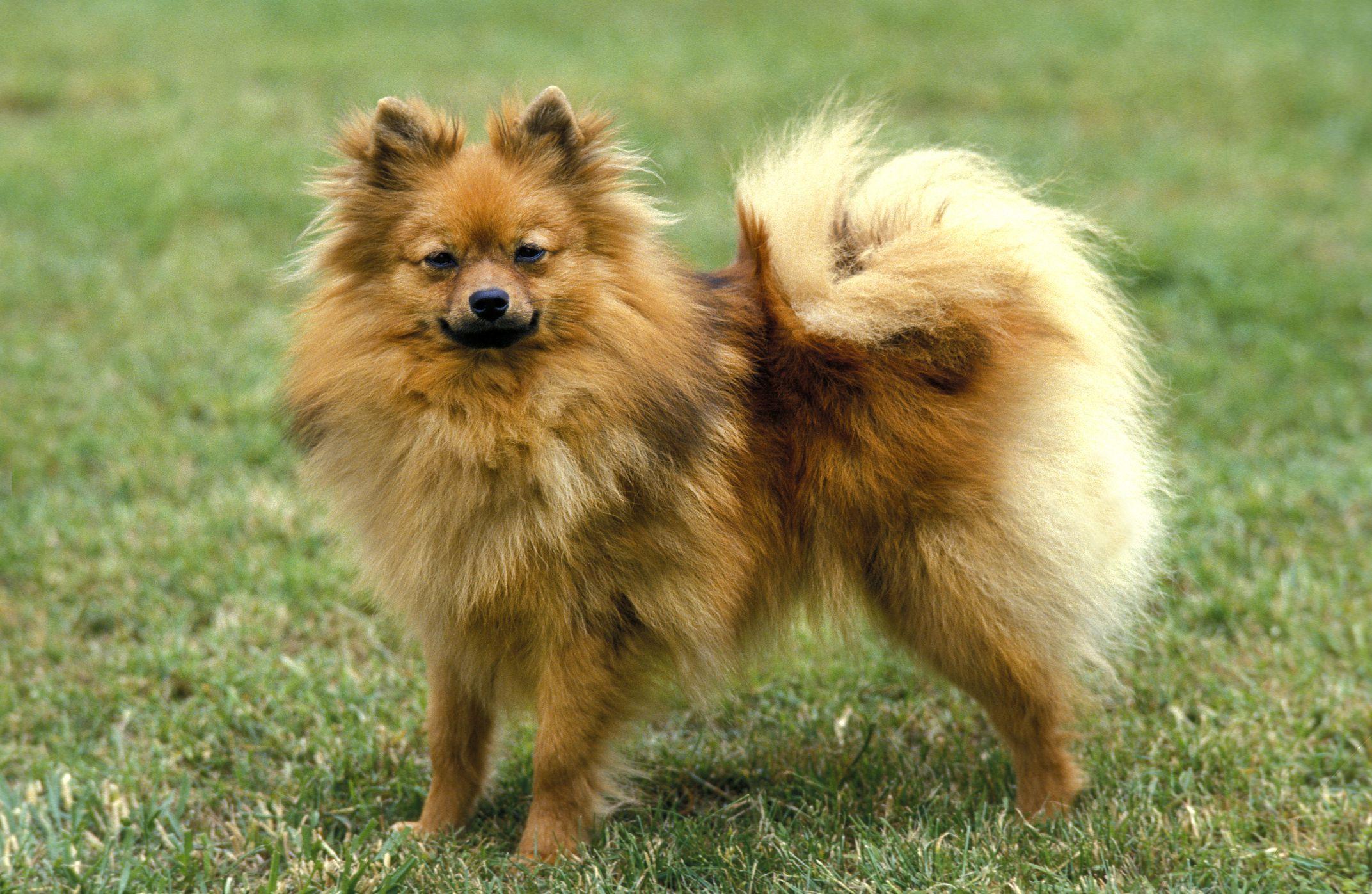
German Spitz is a small to medium-sized breed known for its thick fur and lively personality. They are affectionate and make great family pets.
- Region of Habitat: Domestic, worldwide
- Scientific Name: Canis lupus familiaris
- Place of Origin: Germany
- Feeding Habits: Omnivorous, primarily dog food and meats
- What Sound They Make: Barks and yaps
Fun Fact: There are five different sub-breeds of the German Spitz. They are also known for their playful and alert nature.
31. German Wirehaired Pointer
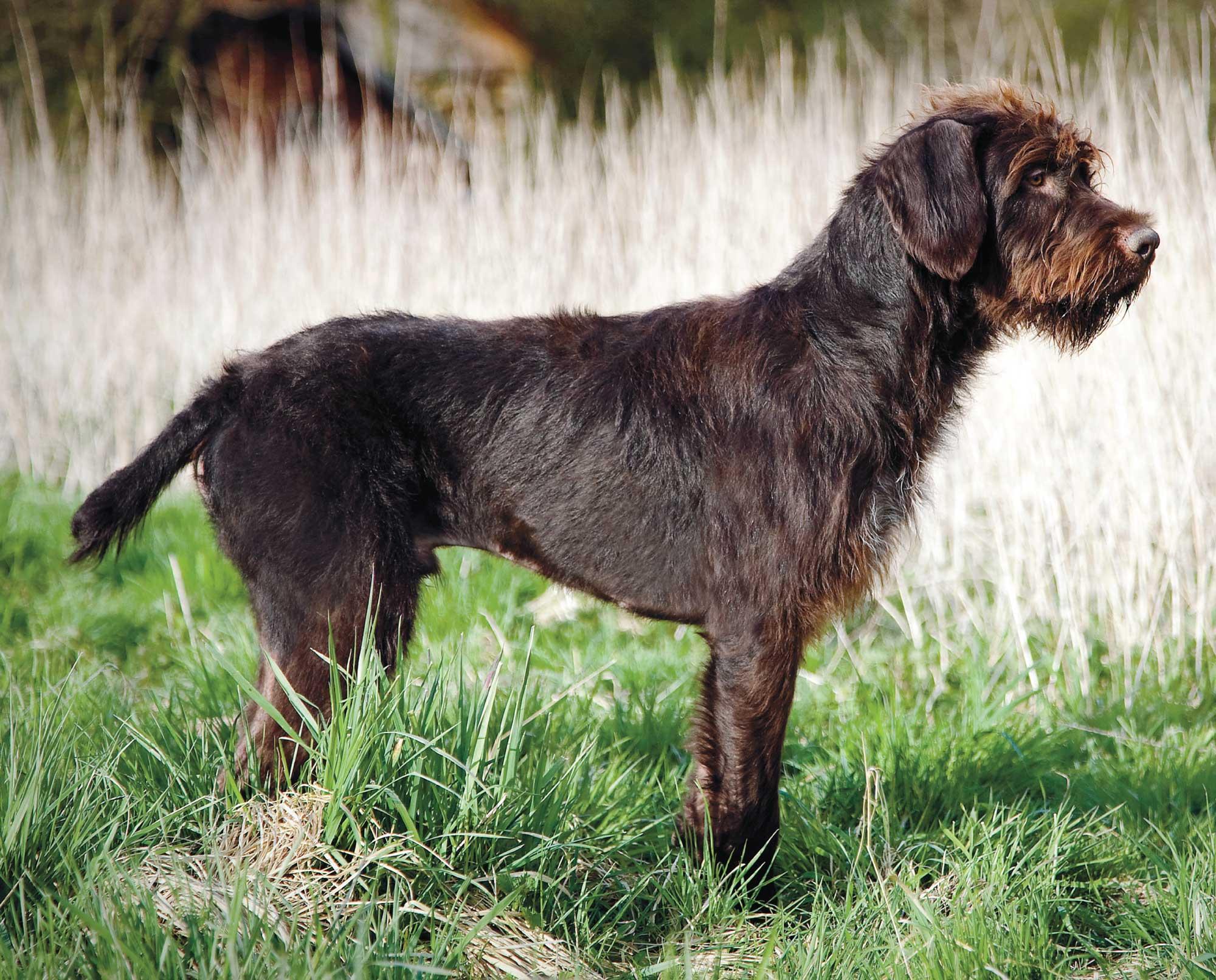
German Wirehaired Pointers are versatile hunting dogs known for their rugged, wiry coats and excellent tracking abilities. They are also loyal and affectionate family pets.
- Region of Habitat: Domestic, worldwide
- Scientific Name: Canis lupus familiaris
- Place of Origin: Germany
- Feeding Habits: Omnivorous, primarily dog food and meats
- What Sound They Make: Barks and howls
Fun Fact: German Wirehaired Pointers were first bred in 19th-century Germany as versatile, sturdy hunting dogs. They are also known for their distinctive beards and bushy eyebrows.
32. Gharial
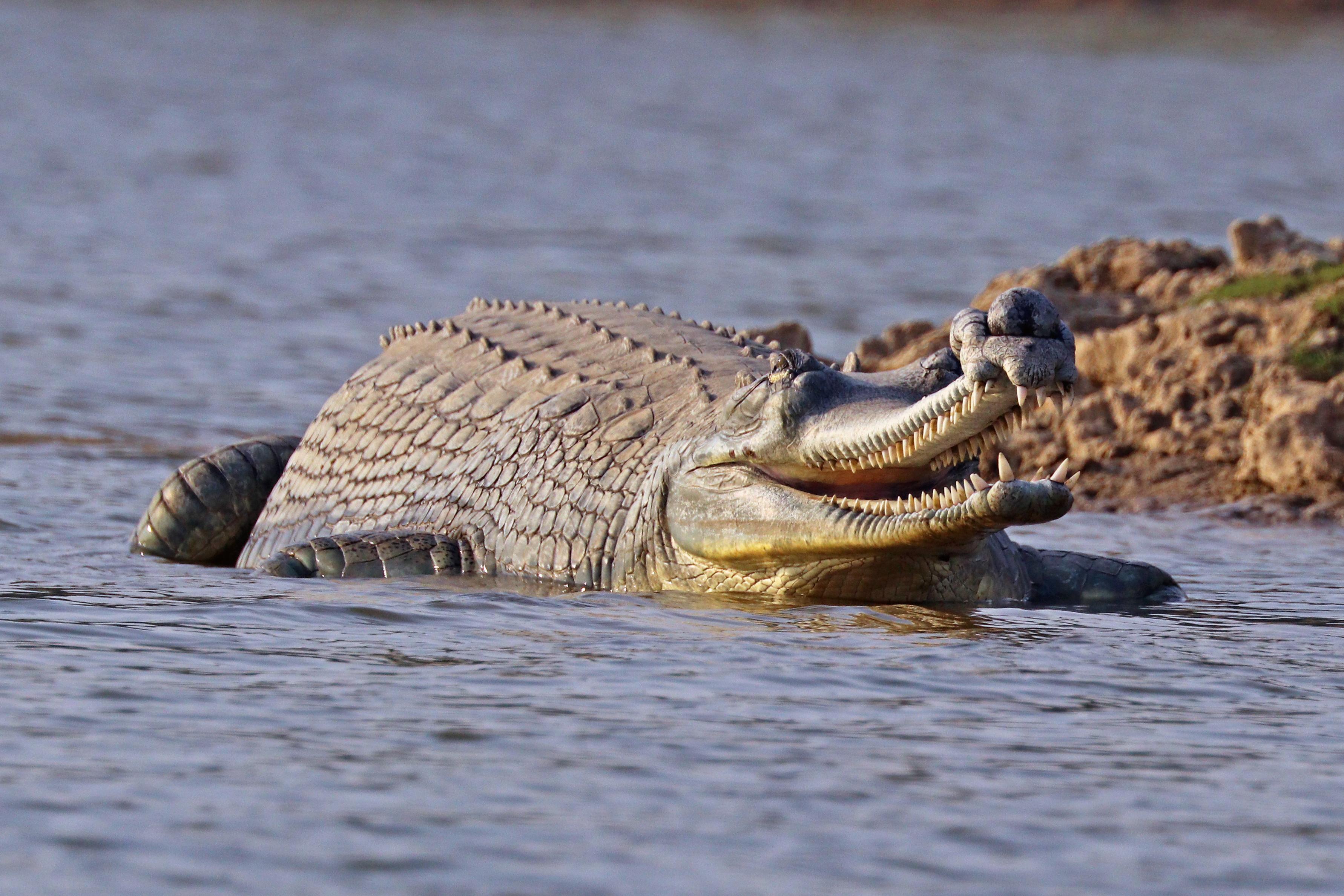
Gharials are large, fish-eating crocodilians known for their long, narrow snouts. They are native to the Indian subcontinent and are critically endangered.
- Region of Habitat: Indian subcontinent
- Scientific Name: Gavialis gangeticus
- Place of Origin: Indian subcontinent
- Feeding Habits: Carnivorous, primarily fish
- What Sound They Make: Hissing and growling
Fun Fact: Males can blow bubbles using the bump on their snout. They are also known for their unique snouts, adapted for catching fish.
33. Ghost Catfish
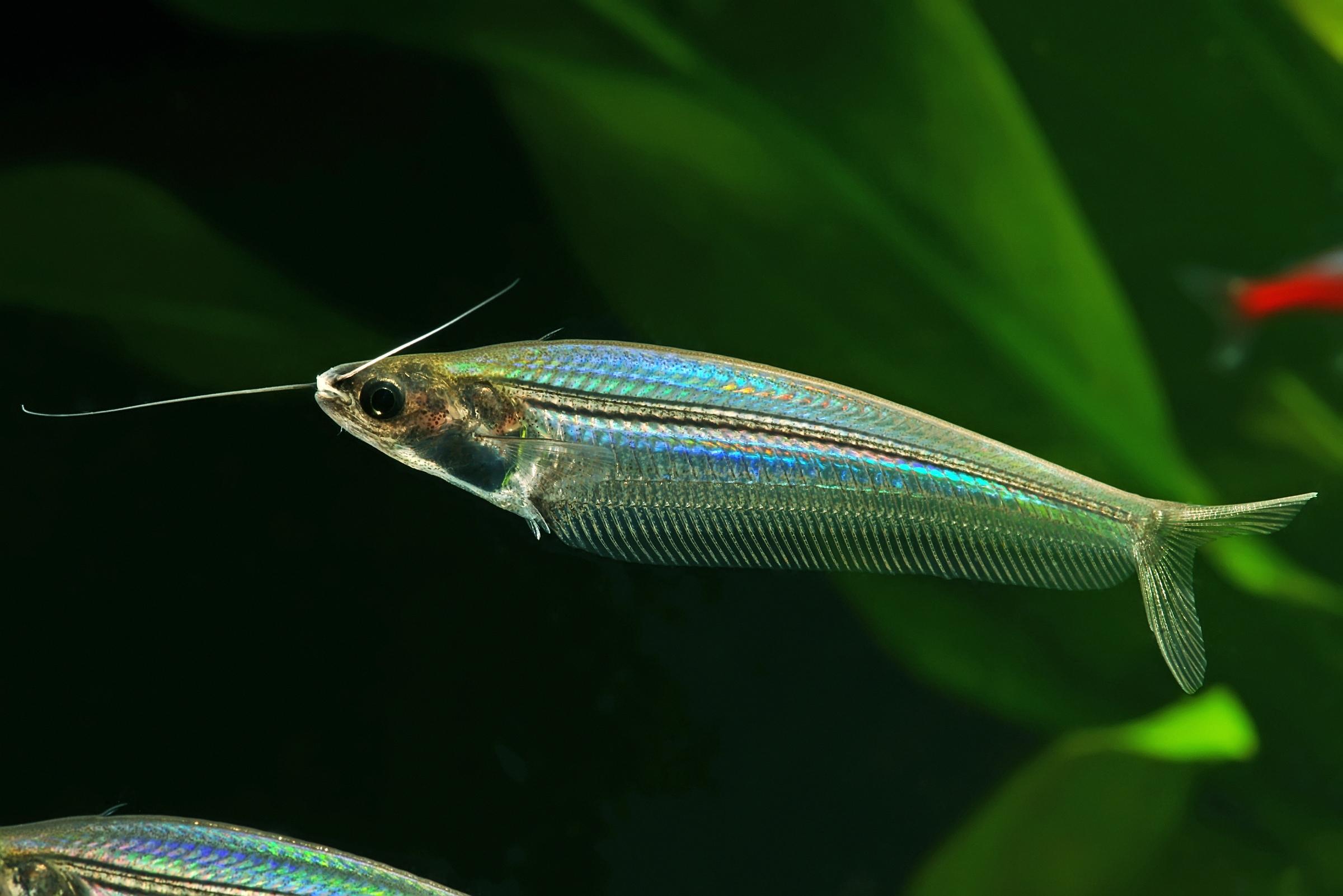
Ghost Catfish are small, translucent fish native to Southeast Asia. They are popular in aquariums due to their unique appearance and peaceful nature.
- Region of Habitat: Southeast Asia
- Scientific Name: Kryptopterus vitreous
- Place of Origin: Southeast Asia
- Feeding Habits: Omnivorous, primarily small invertebrates and plant matter
- What Sound They Make: Silent
Fun Fact: You can see its heart beating. They are also known for their schooling behavior and preference for calm waters.
34. Ghost Crab
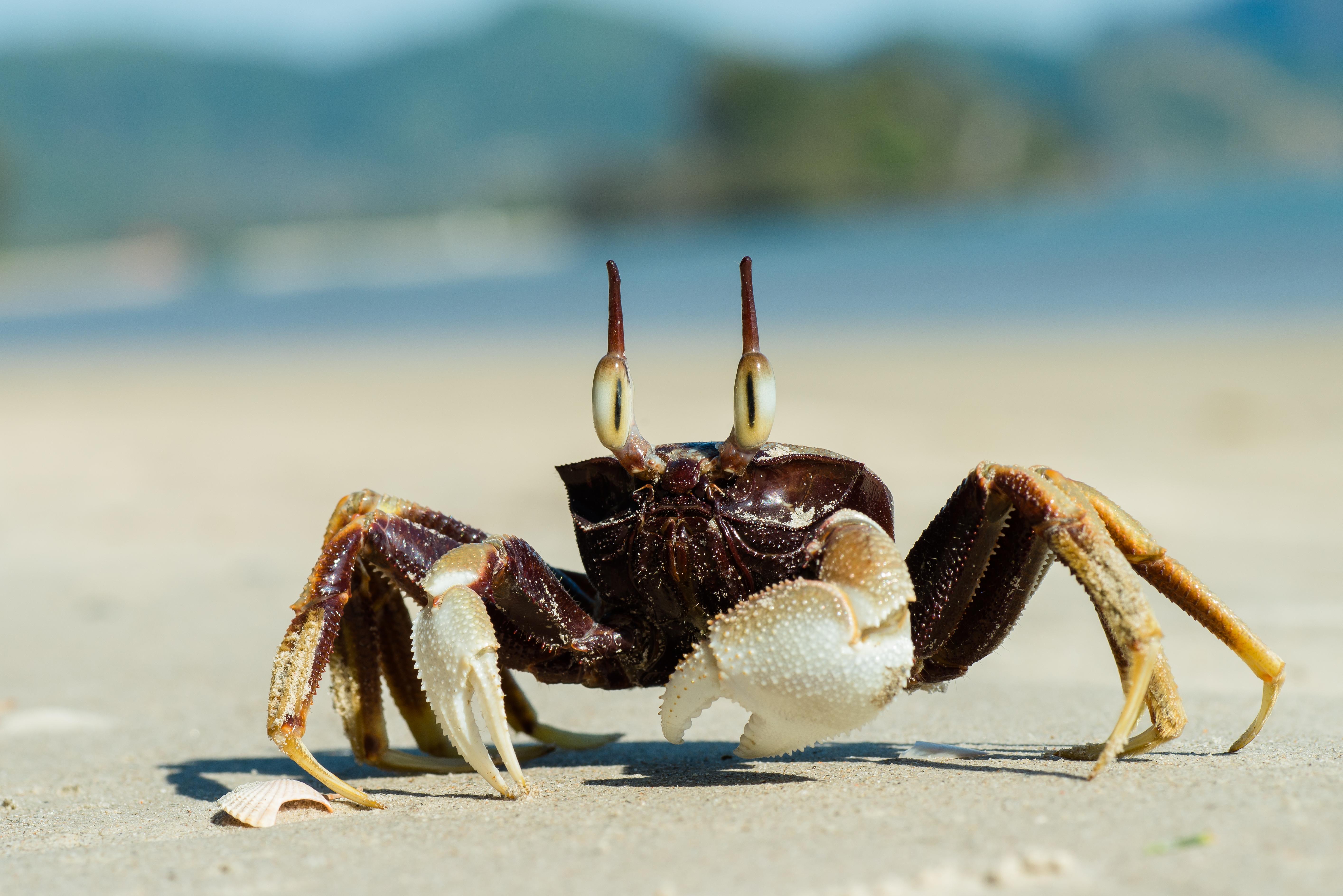
Ghost Crabs are known for their pale, almost translucent bodies and rapid movements. They are commonly found on sandy beaches worldwide.
- Region of Habitat: Worldwide
- Scientific Name: Ocypode
- Place of Origin: Worldwide
- Feeding Habits: Omnivorous, primarily detritus and small invertebrates
- What Sound They Make: Clicking and hissing
Fun Fact: Their eyestalks, which are sometimes horned, can swivel 360 degrees. They are also known for their burrowing behavior and nocturnal activity.
35. Giant African Land Snail
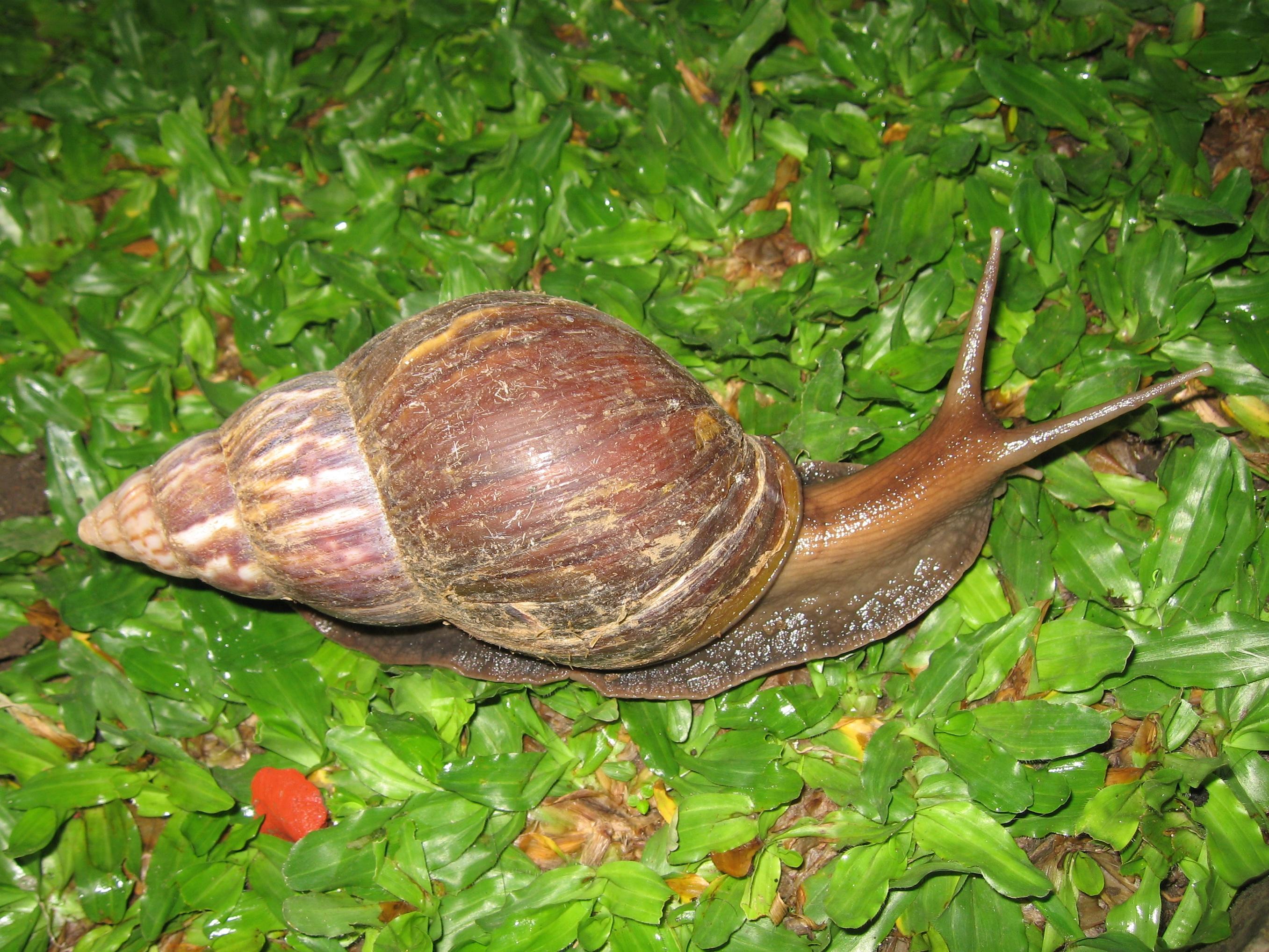
The Giant African Land Snail is one of the largest snail species. It is known for its voracious appetite and rapid growth and is considered a pest in many regions.
- Region of Habitat: East Africa
- Scientific Name: Achatina fulica
- Place of Origin: East Africa
- Feeding Habits: Herbivorous, primarily plant matter
- What Sound They Make: Silent
Fun Fact: The Giant African Land Snail is the largest snail species on land. They are also known for their ability to reproduce rapidly and infest agricultural areas.
36. Giant Anteater
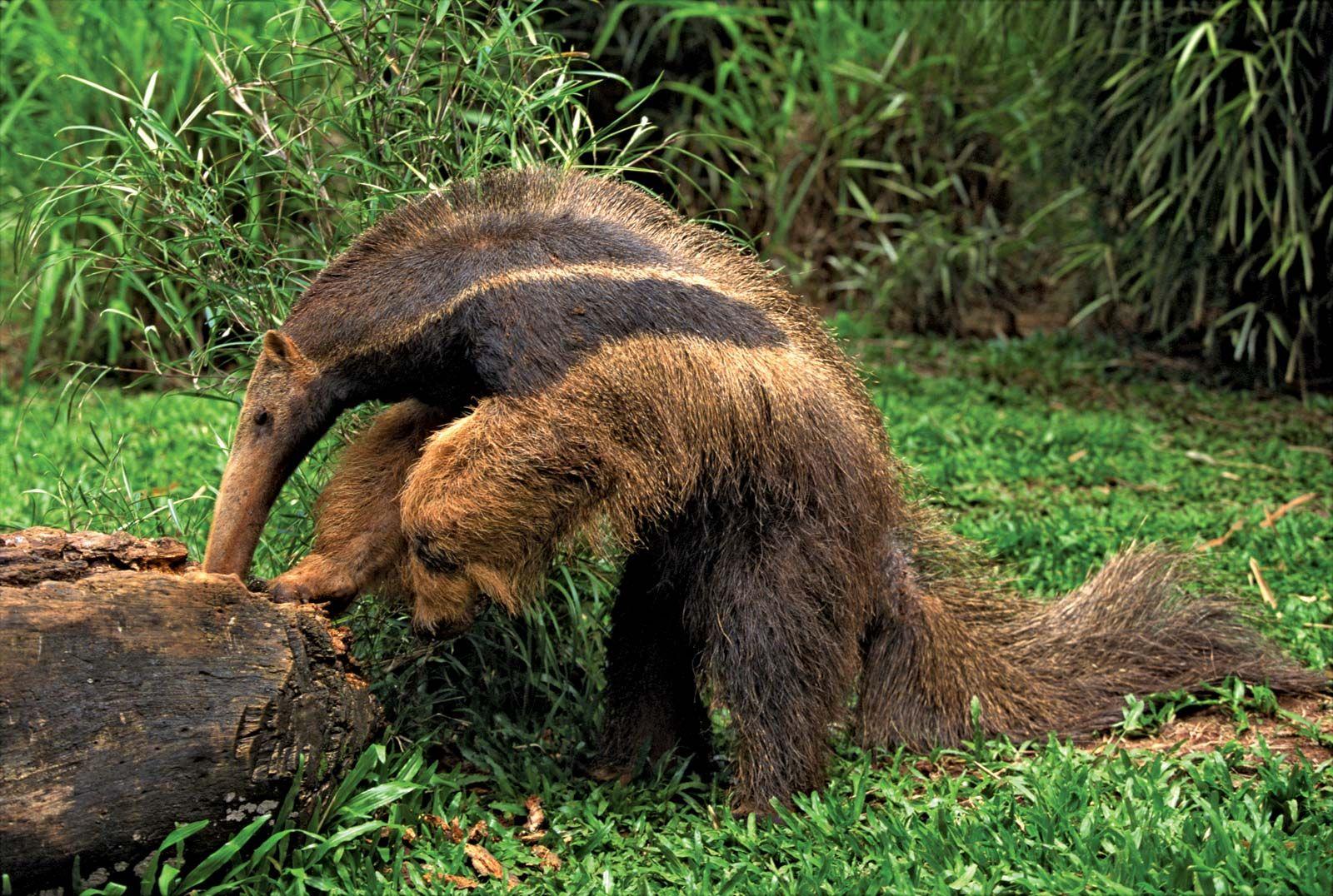
The Giant Anteater is a large, insectivorous mammal known for its long snout and tongue.
It primarily feeds on ants and termites in Central and South America.
- Region of Habitat: Central and South America
- Scientific Name: Myrmecophaga tridactyla
- Place of Origin: Central and South America
- Feeding Habits: Insectivorous, primarily ants and termites
- What Sound They Make: Silent
Fun Fact: Giant Anteaters can eat up to 30,000 insects a day. They are also known for their powerful claws, which they use to break open ant and termite mounds.
37. Giant Armadillo
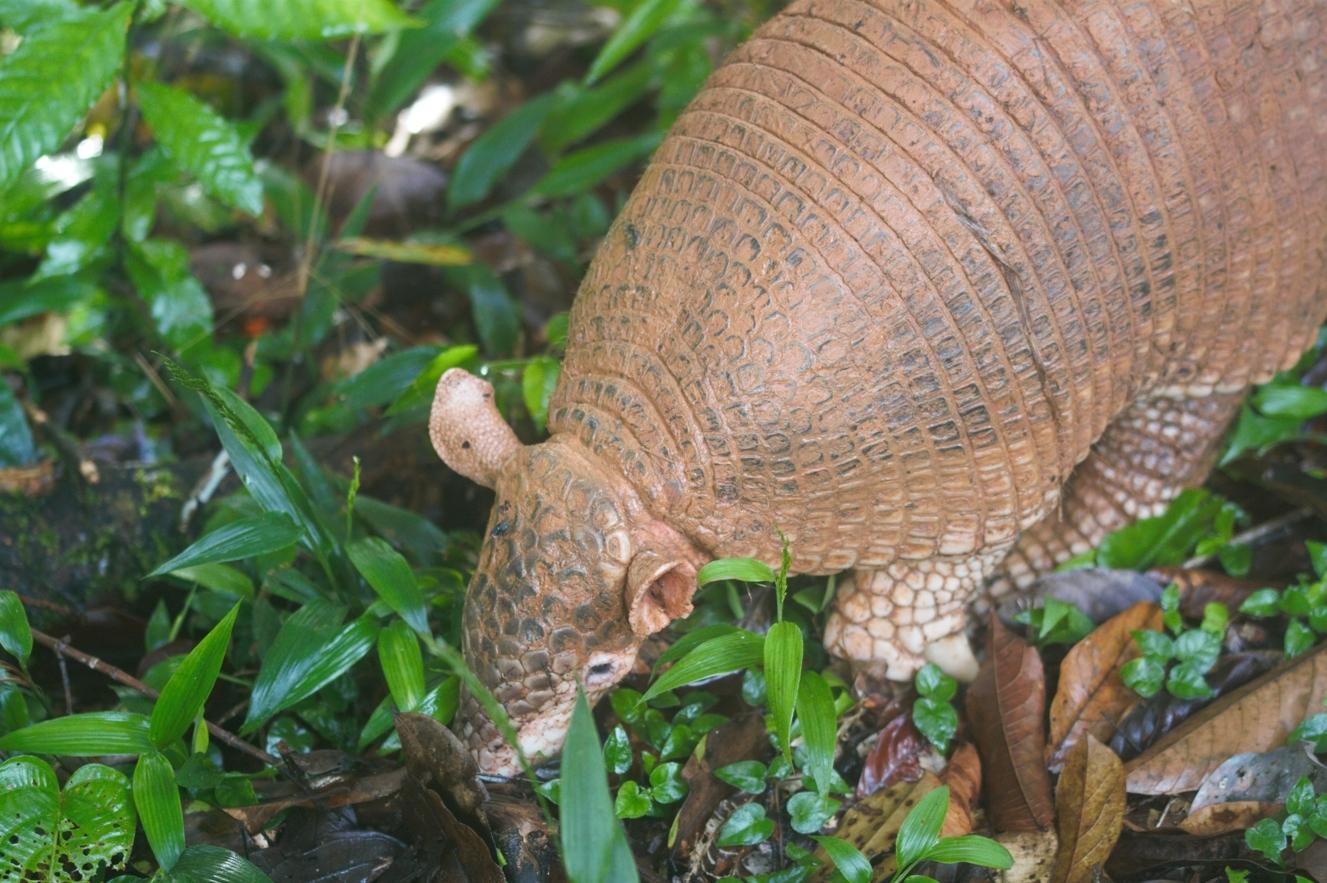
The Giant Armadillo is the largest armadillo species, known for its armored shell and burrowing behavior. It is native to South America and primarily feeds on insects.
- Region of Habitat: South America
- Scientific Name: Priodontes Maximus
- Place of Origin: South America
- Feeding Habits: Insectivorous, primarily ants and termites
- What Sound They Make: Silent
Fun Fact: Giant Armadillos have up to 100 teeth, more than any other mammal.
They are also known for their extensive burrowing and nocturnal habits.
38. Giant Beaver
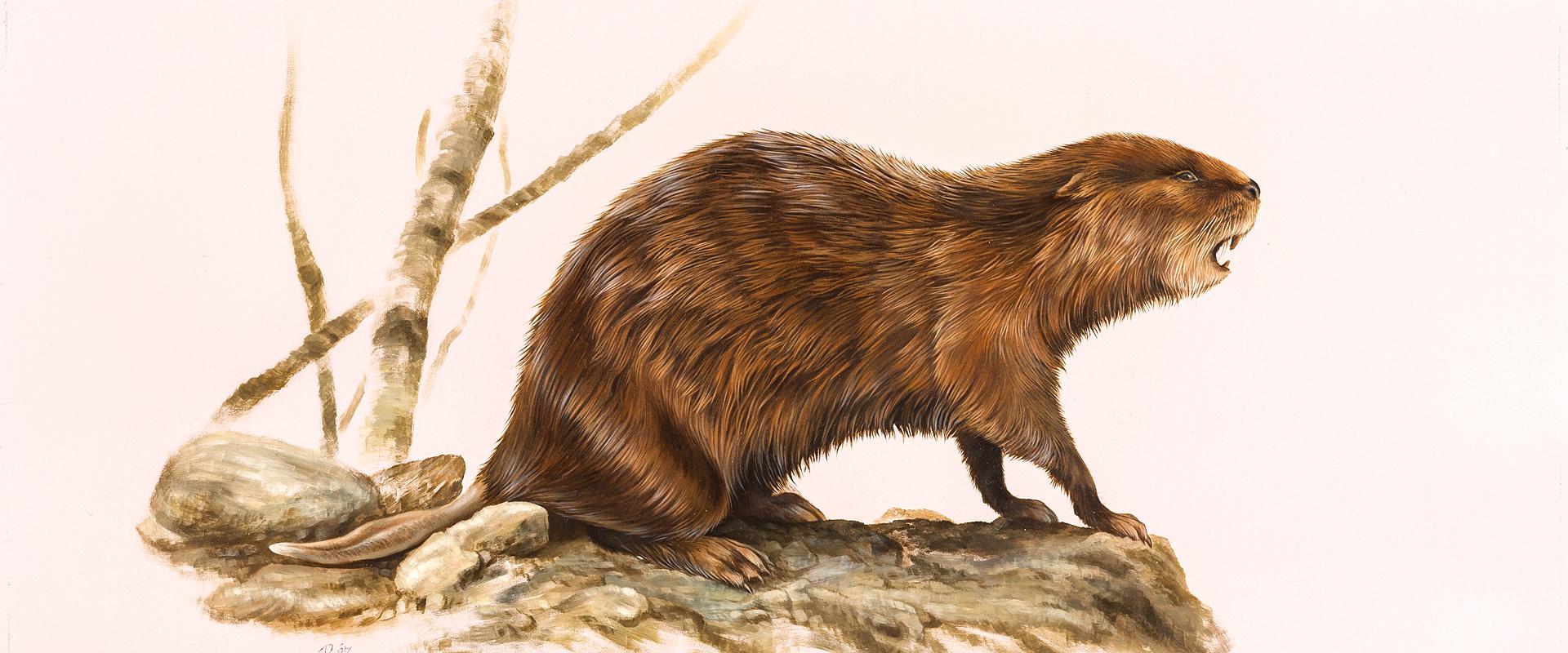
The Giant Beaver was a prehistoric rodent that lived in North America during the Ice Age. It was much larger than modern beavers and is now extinct.
- Region of Habitat: Prehistoric North America
- Scientific Name: Castoroides
- Place of Origin: North America
- Feeding Habits: Herbivorous, primarily aquatic plants
- What Sound They Make: Silent (extinct)
Fun Fact: The Giant Beaver is not closely related to modern beavers. They are known for their large size, which could reach up to 8 feet in length.
39. Giant Clam

Giant Clams are the largest bivalve mollusks, known for their impressive size and vibrant colors. They are found in the warm waters of the Pacific and Indian Oceans.
- Region of Habitat: Pacific and Indian Oceans
- Scientific Name: Tridacna gigas
- Place of Origin: Pacific and Indian Oceans
- Feeding Habits: Filter feeder, primarily plankton
- What Sound They Make: Silent
Fun Fact: Giant Clams can reach nearly 4 feet in length. They are also known for their symbiotic relationship with photosynthetic algae.
40. Giraffe
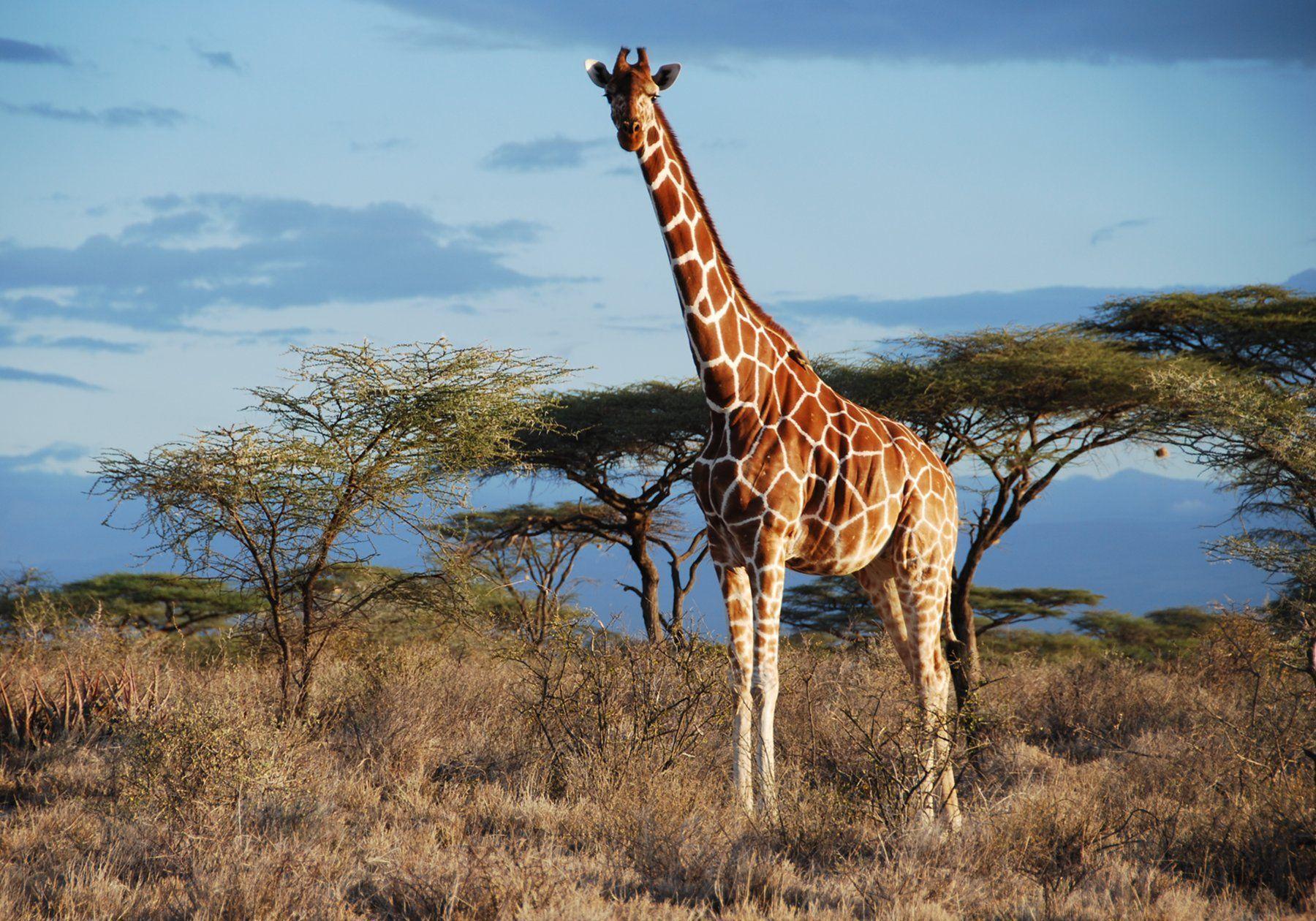
The giraffe is the tallest living terrestrial animal known for its long neck, legs, and distinctive coat patterns.
These majestic creatures are native to Africa and inhabit savannas and open woodlands.
- Region of Habitat: Sub-Saharan Africa
- Scientific Name: Giraffa camelopardalis
- Place of Origin: Africa
- Feeding Habits: Herbivorous, primarily leaves and twigs
- What Sound They Make: Hums, snorts, and grunts
Fun Fact: Giraffes have the same number of neck vertebrae as humans (seven), but each vertebra is much longer, allowing them to reach great heights.
They are also known for their unique walking gait, which simultaneously moves both legs on one side of their body.
41. Giant Golden Mole
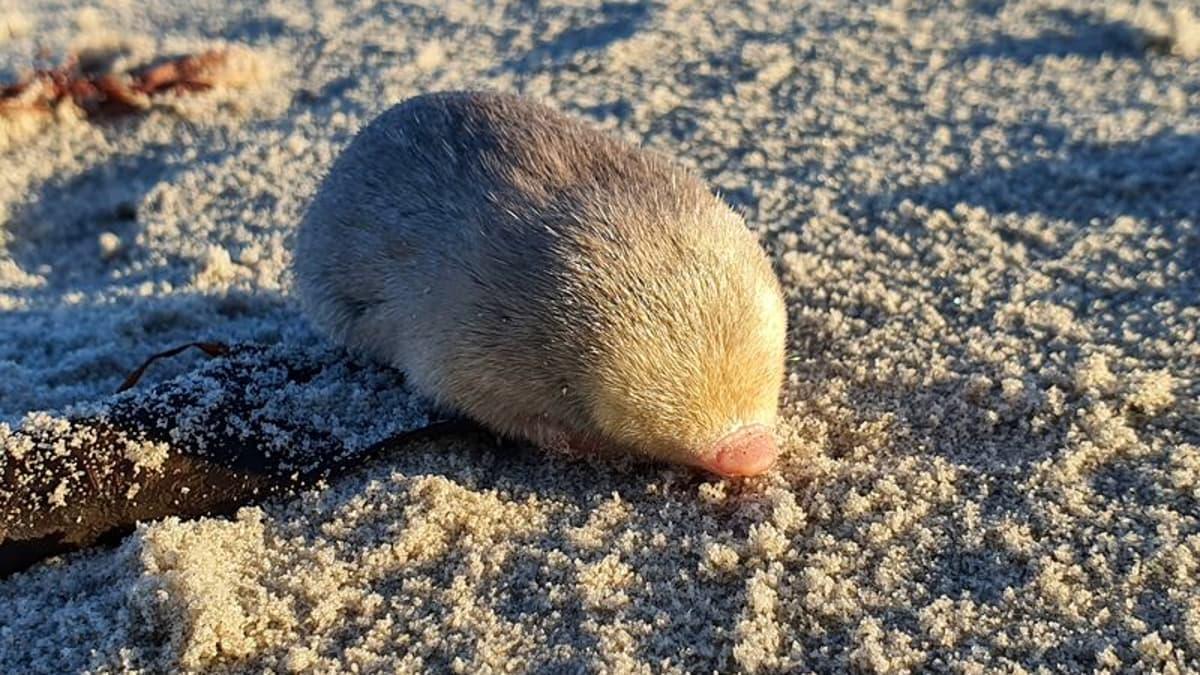
The Giant Golden Mole is a small, burrowing mammal in South Africa. Despite its name, it is not a true mole and has a distinctive golden sheen to its fur.
- Region of Habitat: South Africa
- Scientific Name: Chrysospalax trevelyani
- Place of Origin: South Africa
- Feeding Habits: Insectivorous, primarily earthworms and insects
- What Sound They Make: Silent
Fun Fact: The Giant Golden Mole senses vibrations through the earth using a unique bone structure in its inner ear.
They are also known for their fossorial lifestyle, spending most of their time underground.
42. Giant House Spider
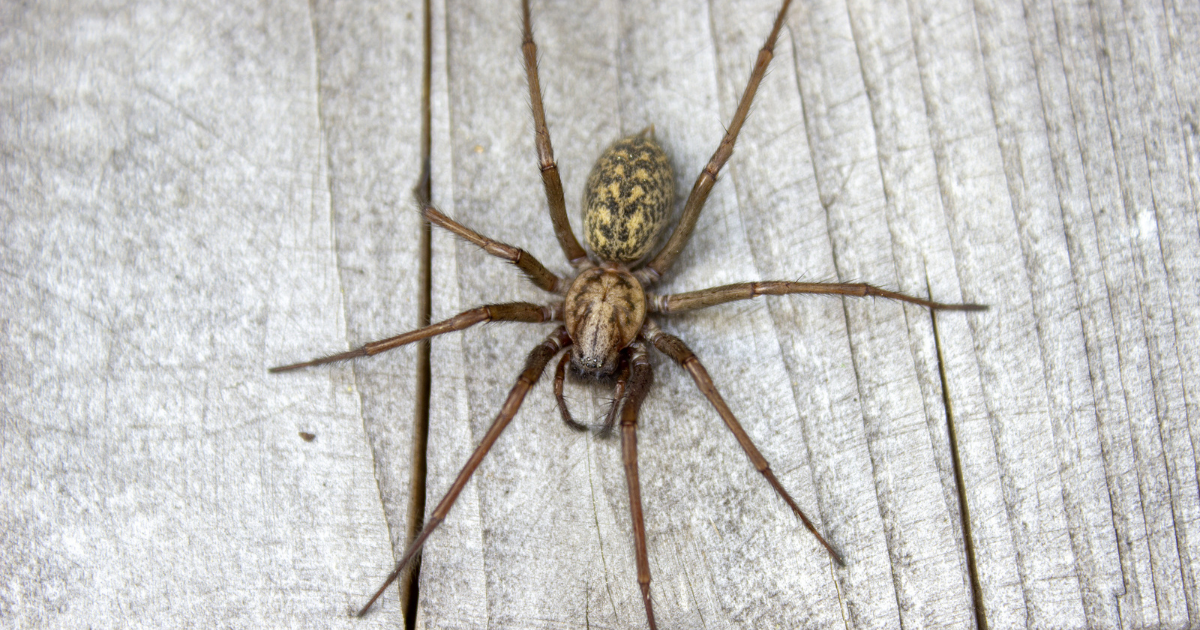
The Giant House Spider is a large species in Europe and North America. It is known for its impressive speed and large web structures.
- Region of Habitat: Europe, North America
- Scientific Name: Eratigena atrica
- Place of Origin: Europe
- Feeding Habits: Carnivorous, primarily insects
- What Sound They Make: Silent
Fun Fact: They are the fastest invertebrates in the UK. They are also known for their large size, which can cause alarm when found indoors.
43. Giant Isopod
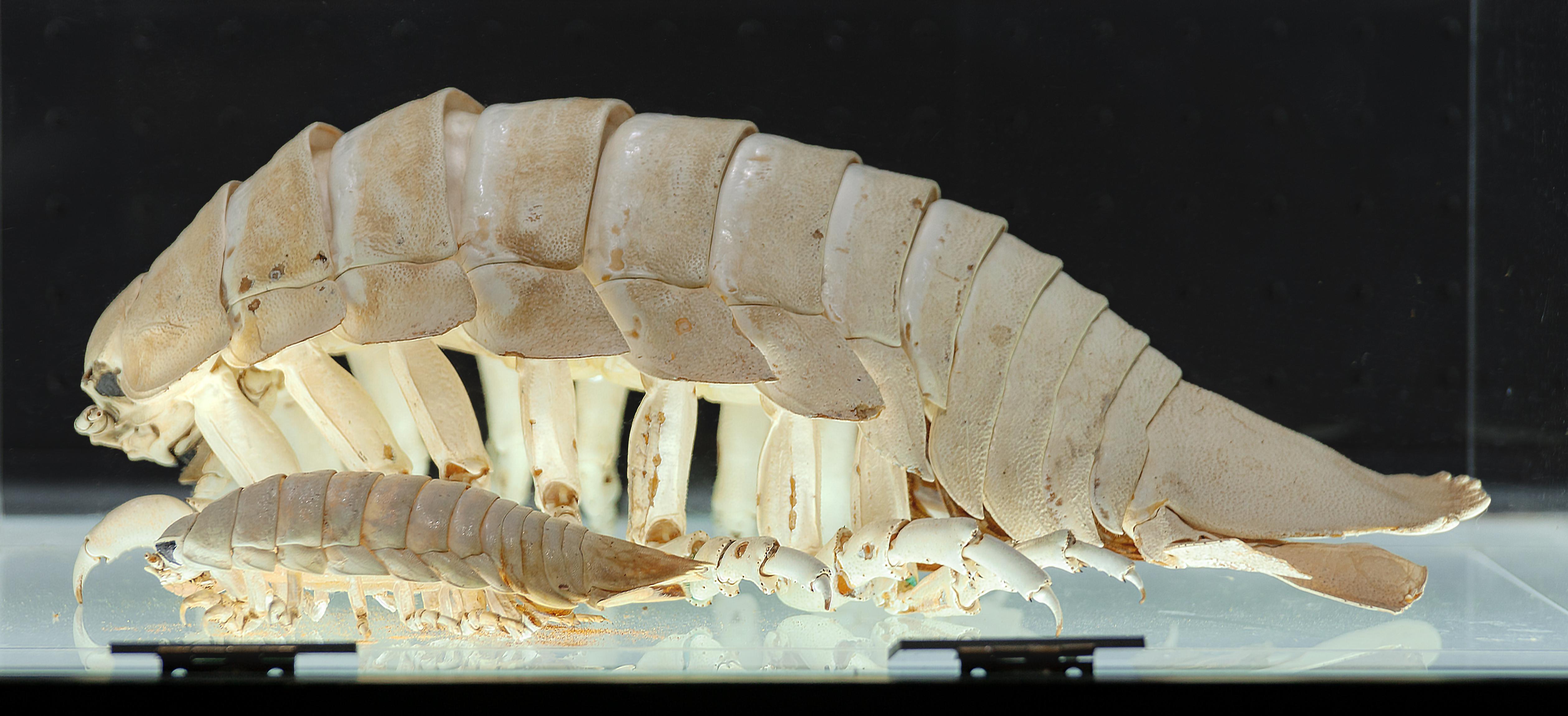
Giant Isopods are large, deep-sea crustaceans known for their armored bodies and scavenging habits. They are found in the cold waters of the Atlantic, Pacific, and Indian Oceans.
- Region of Habitat: Atlantic, Pacific, and Indian Oceans
- Scientific Name: Bathynomus
- Place of Origin: Deep ocean waters
- Feeding Habits: Scavenger, primarily dead marine animals
- What Sound They Make: Silent
Fun Fact: Giant Isopods are the largest group of isopods in the world. They are also known for their ability to survive long periods without food.
44. Giant Leopard Moth
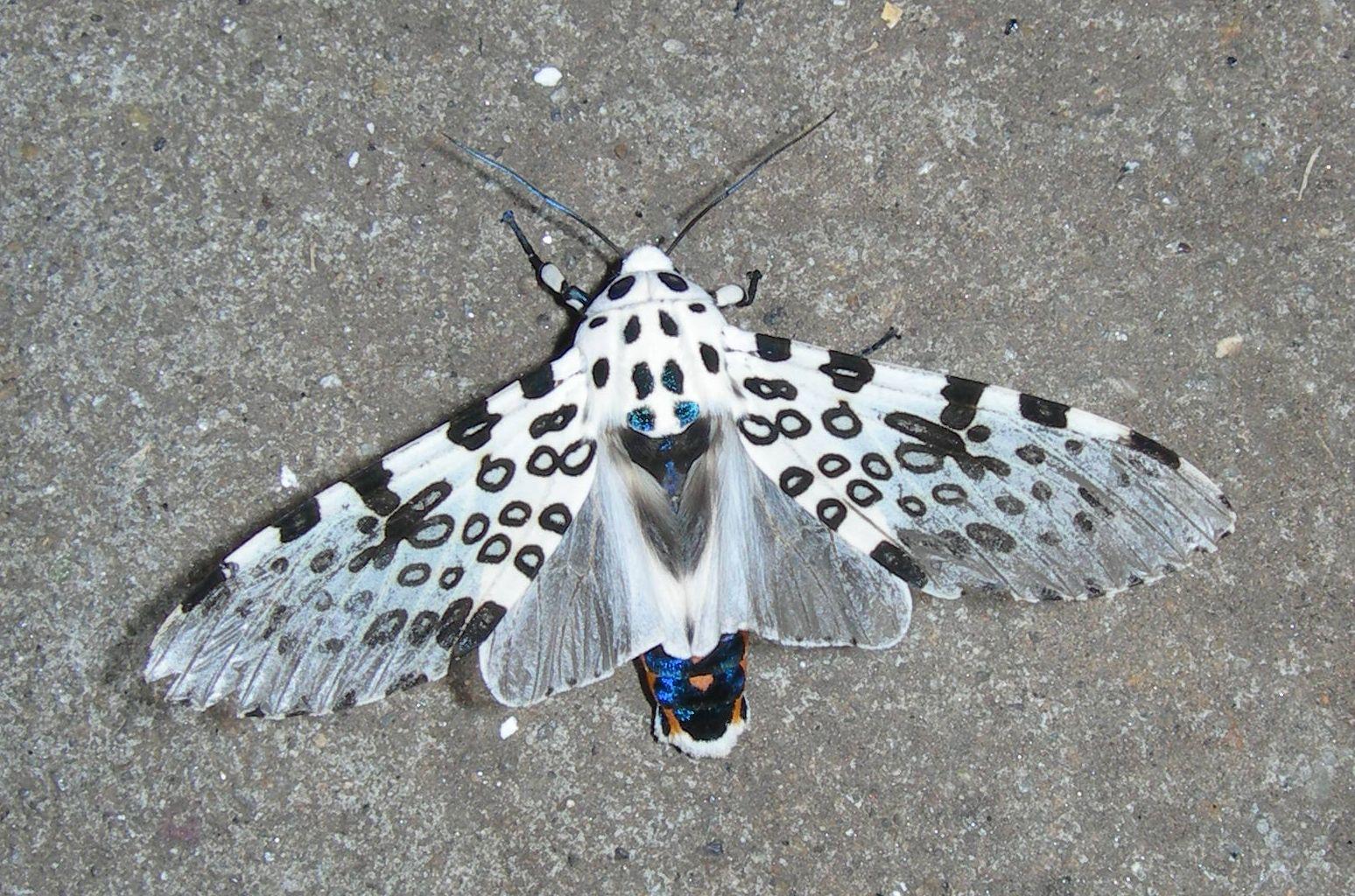
The Giant Leopard Moth is a large, colorful moth in North America. It is known for its striking spotted patterns and its caterpillar’s defensive bristles.
- Region of Habitat: North America
- Scientific Name: Hypercompe scribonia
- Place of Origin: North America
- Feeding Habits: Herbivorous, primarily plants and leaves
- What Sound They Make: Silent
Fun Fact: Giant Leopard moth mating sessions last 24 hours. They are also known for their striking appearance, which helps deter predators.
45. Giant Pacific Octopus
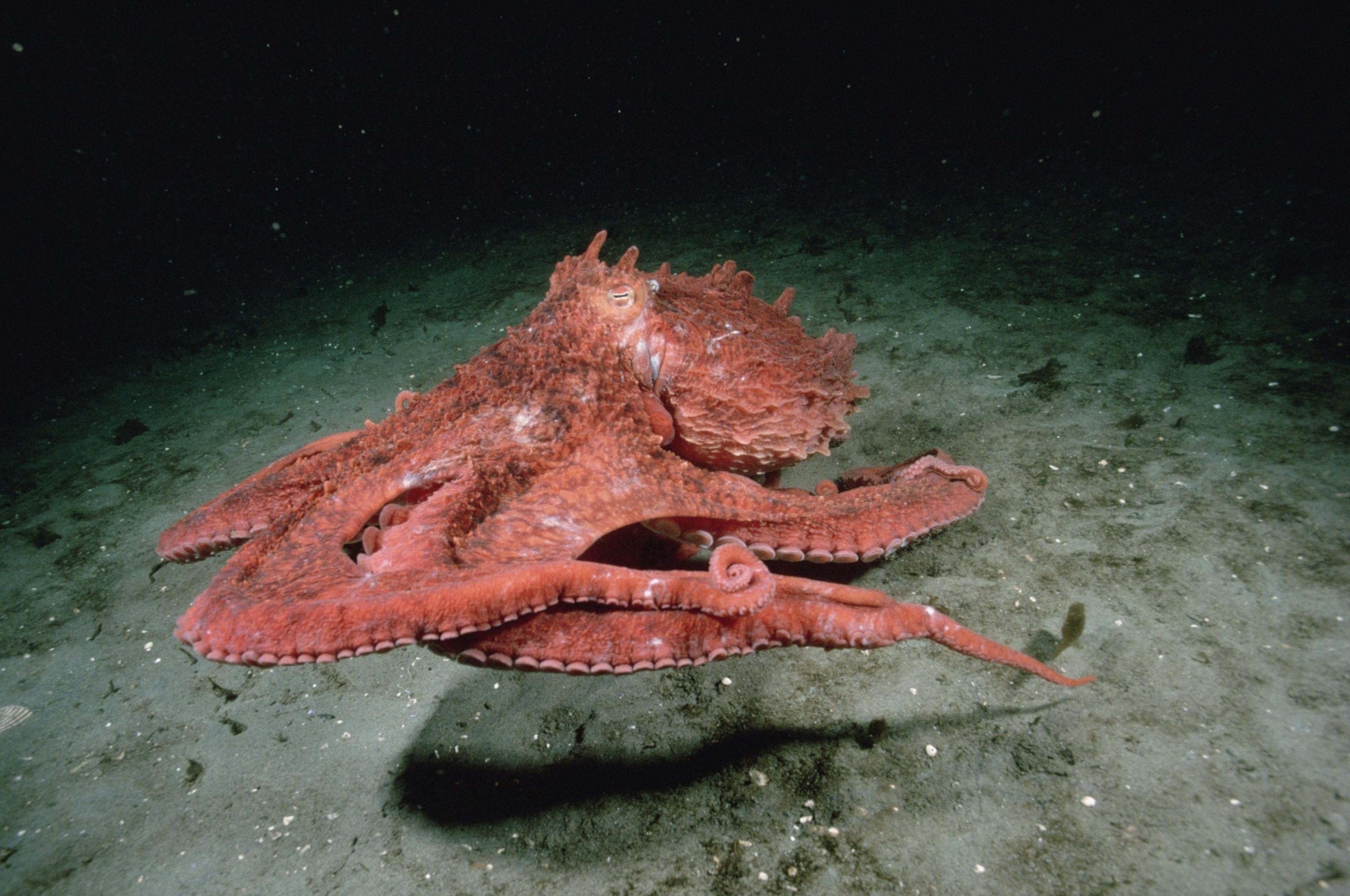
The Giant Pacific Octopus is the largest species known for its impressive size and intelligence. It inhabits the coastal waters of the North Pacific Ocean.
- Region of Habitat: North Pacific Ocean
- Scientific Name: Enteroctopus dofleini
- Place of Origin: North Pacific Ocean
- Feeding Habits: Carnivorous, primarily crustaceans and fish
- What Sound They Make: Silent
Fun Fact: The Giant Pacific Octopus can change color and texture to blend in with its surroundings. They are also known for their problem-solving abilities and intelligence.
46. Giant Panda
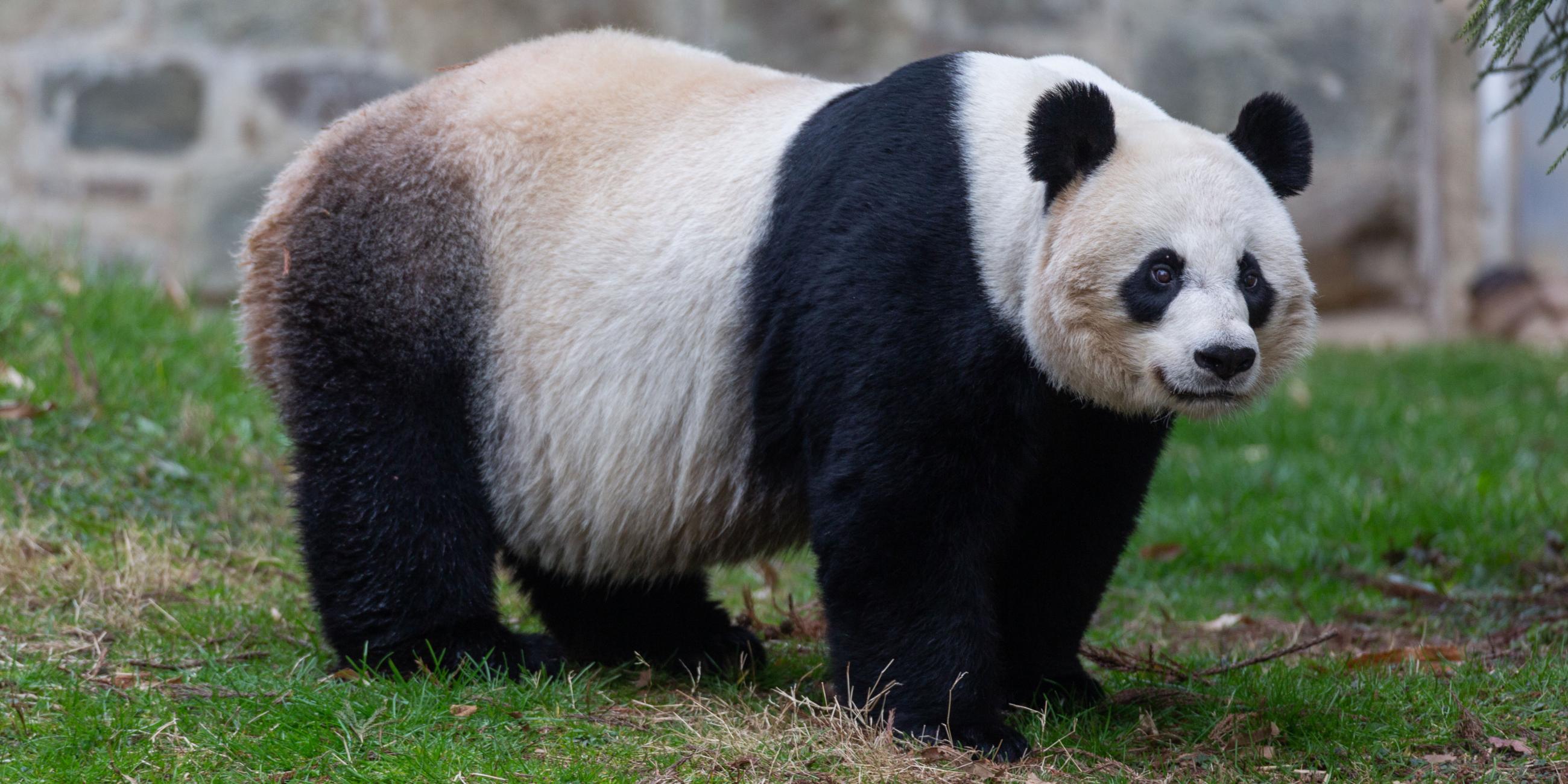
The Giant Panda is a bear species native to China. It is known for its distinctive black-and-white coloring and diet, primarily bamboo.
The giant panda is a symbol of conservation efforts worldwide.
- Region of Habitat: Central China
- Scientific Name: Ailuropoda melanoleuca
- Place of Origin: China
- Feeding Habits: Herbivorous, primarily bamboo
- What Sound They Make: Bleats and honks
Fun Fact: Bamboo makes up 99% of their diet. They are also known for their unique pseudo-thumb, which helps them grasp bamboo.
47. Giant Salamander
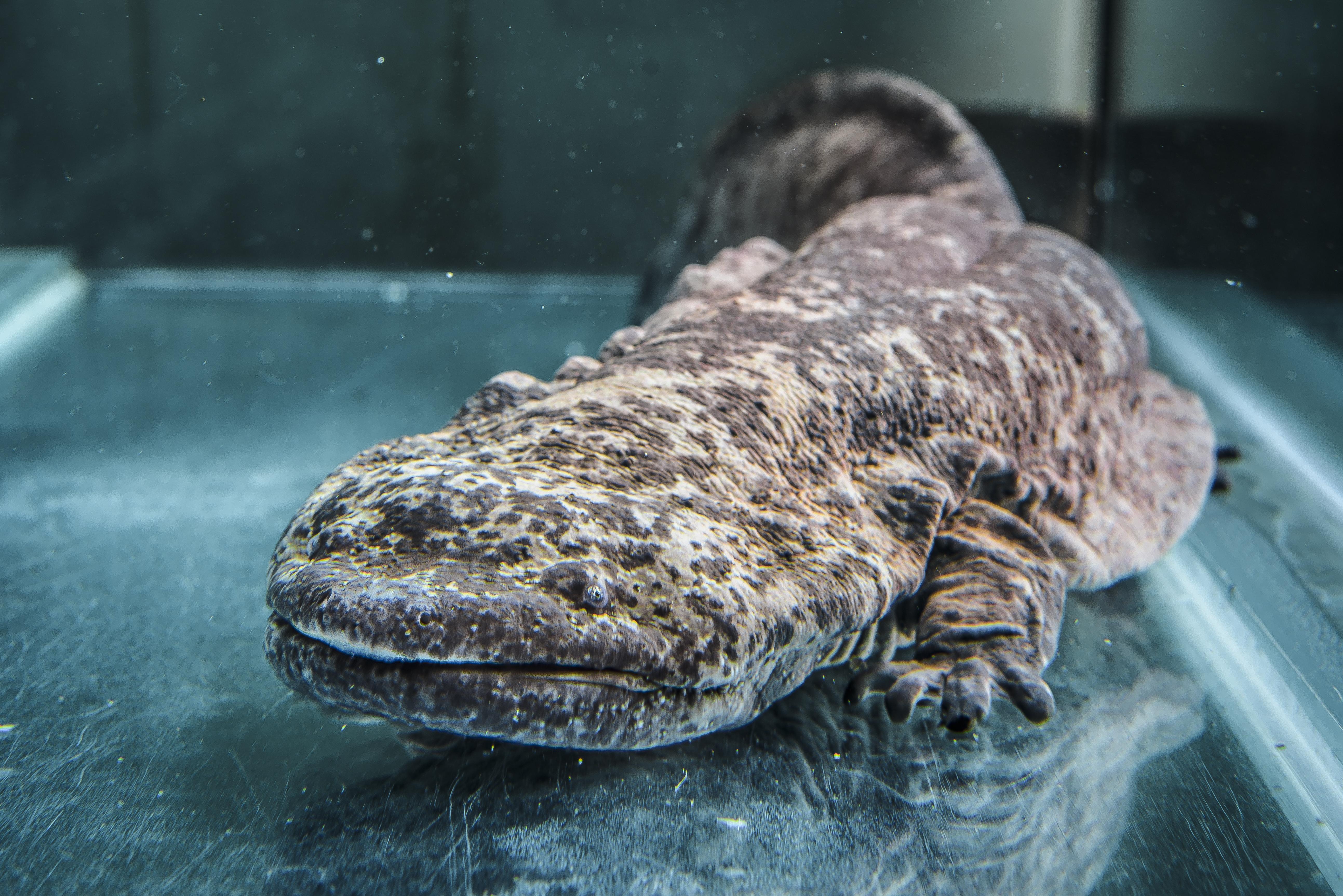
The Giant Salamander is the largest amphibian species in East Asia and the United States. They are aquatic and can live for over 50 years.
- Region of Habitat: East Asia, United States
- Scientific Name: Cryptobranchidae
- Place of Origin: East Asia and the United States
- Feeding Habits: Carnivorous, primarily fish and invertebrates
- What Sound They Make: Silent
Fun Fact: Giant Salamanders breathe primarily through their skin. They are also known for their wrinkled appearance, which increases the surface area for gas exchange.
48. Giant Schnauzer

The Giant Schnauzer is a large, powerful dog breed known for its distinctive beard and eyebrows. It is intelligent, loyal, and often used in police and military work.
- Region of Habitat: Domestic, worldwide
- Scientific Name: Canis lupus familiaris
- Place of Origin: Germany
- Feeding Habits: Omnivorous, primarily dog food and meats
- What Sound They Make: Barks and growls
Fun Fact: Giant Schnauzers were originally bred to drive cattle from farms to markets.
They are also known for their protective nature and versatility in various roles.
49. Giant Siphonophore

The Giant Siphonophore is a colonial organism found in deep ocean waters. It is known for its long, ribbon-like body and bioluminescent capabilities.
- Region of Habitat: Deep ocean waters
- Scientific Name: Praya dubia
- Place of Origin: Deep ocean waters
- Feeding Habits: Carnivorous, primarily small fish and plankton
- What Sound They Make: Silent
Fun Fact: The Giant Siphonophore is longer than the largest sea mammal – the blue whale.
They are also known for their complex colonial structure, where individual zooids perform specific functions.
50. Giant Squid
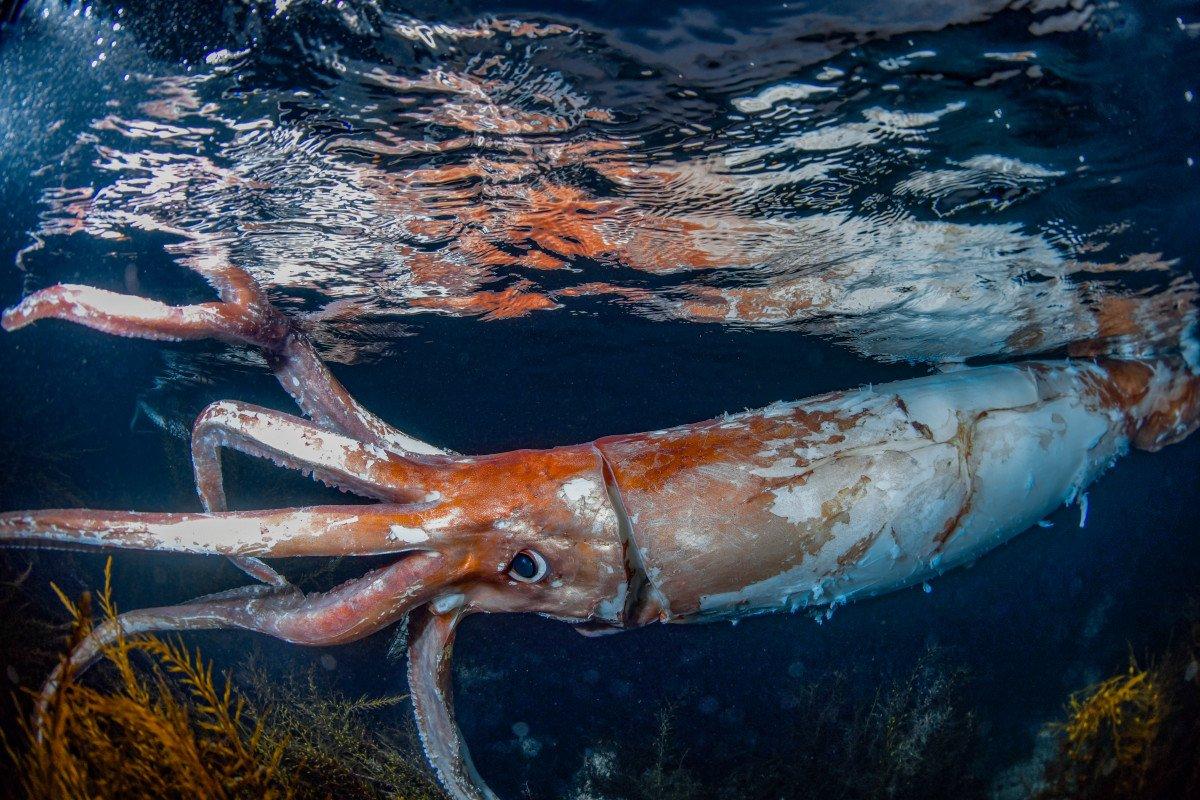
The Giant Squid is a deep-ocean-dwelling squid known for its enormous size and slippery nature.
It has the largest eyes of any living animal and is rarely seen by humans.
- Region of Habitat: Deep ocean waters worldwide
- Scientific Name: Architeuthis dux
- Place of Origin: Deep ocean waters
- Feeding Habits: Carnivorous, primarily fish and other squid
- What Sound They Make: Silent
Fun Fact: Giant Squids have the largest eyes in the animal kingdom, up to 10 inches in diameter.
They are also known for their unreachable nature, making them a subject of marine myths and legends.
Conclusion
Our journey through the world of animals with G names has been truly fascinating. From gentle giants like giraffes to tiny but mighty geckos, we’ve explored various creatures that call our planet home.
These G-named animals showcase nature’s incredible variety. Each has its unique adaptations and plays a vital role in its ecosystem.
Which of these animals surprised you the most? Perhaps you’ve discovered a new favorite or learned something unexpected about a familiar species.
As we wrap up, remember that all animals, including those that start with G, deserve our respect and protection. We take an important step towards conservation by learning about and appreciating these creatures.
What will you do to help protect the amazing animals we share our world with?

